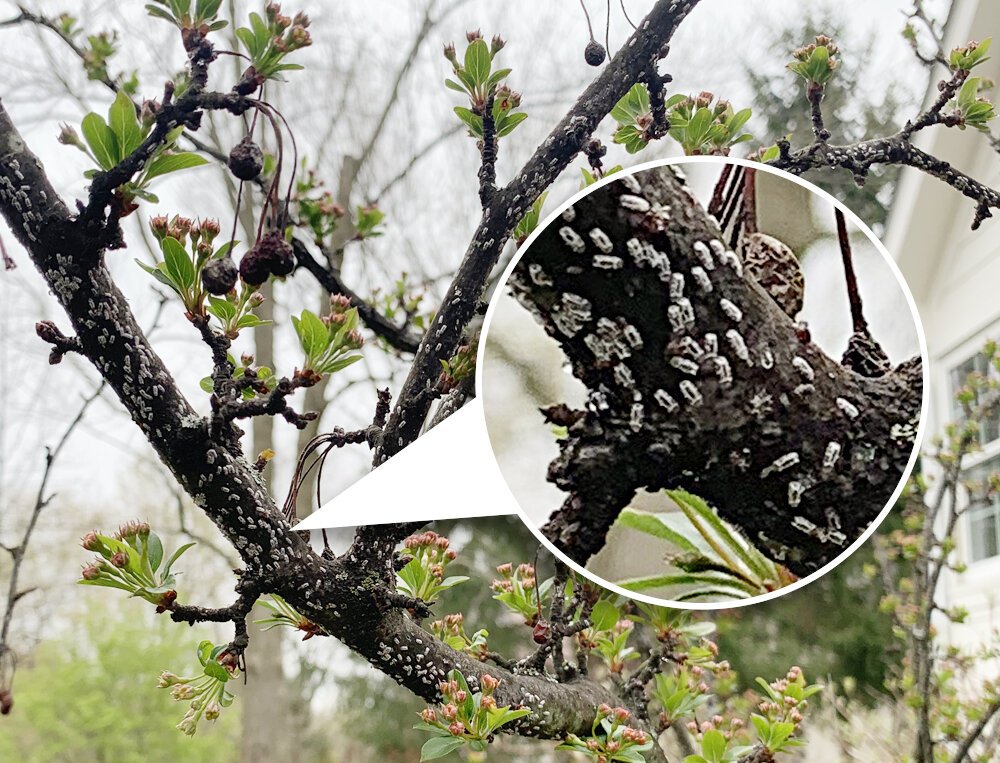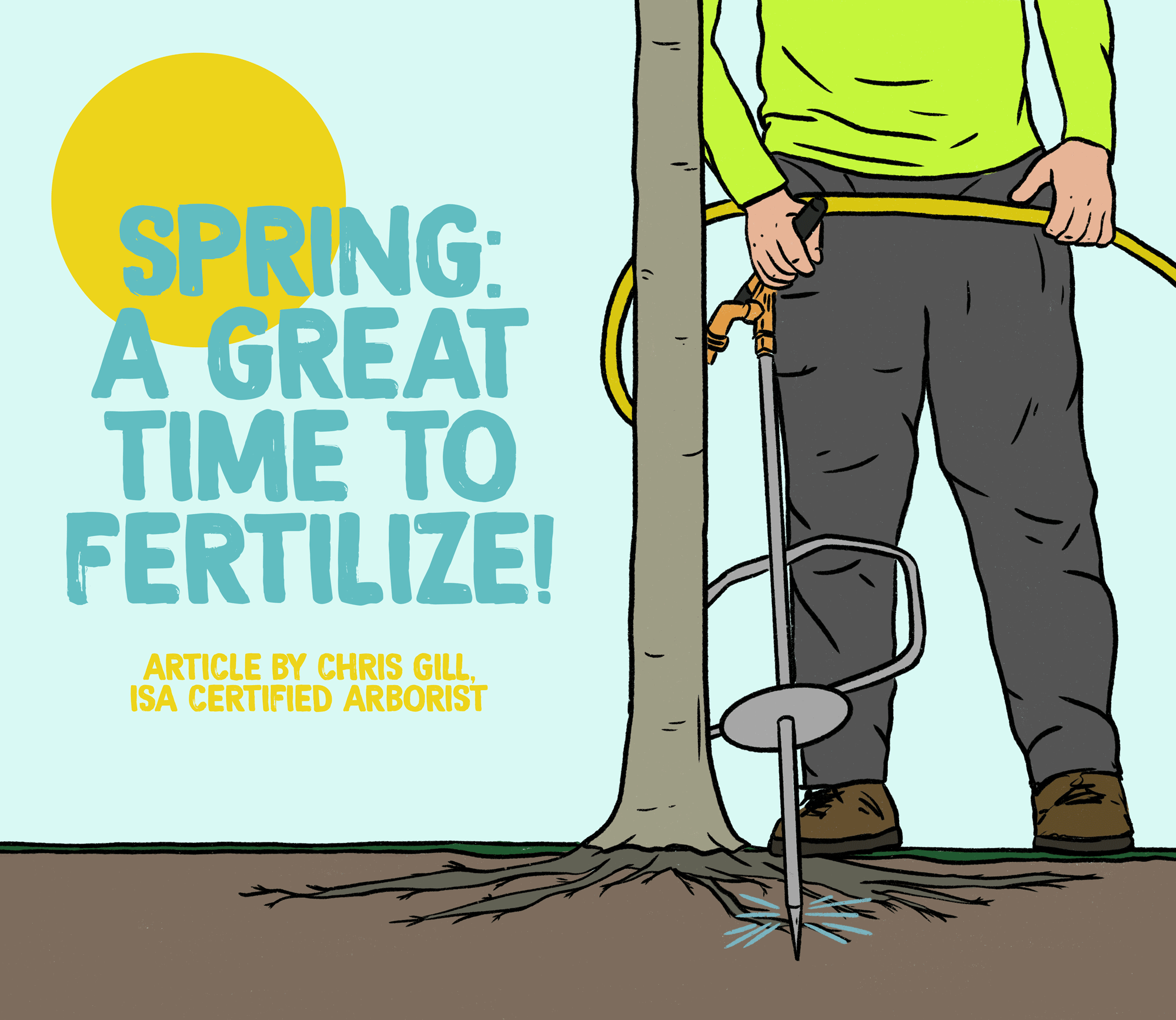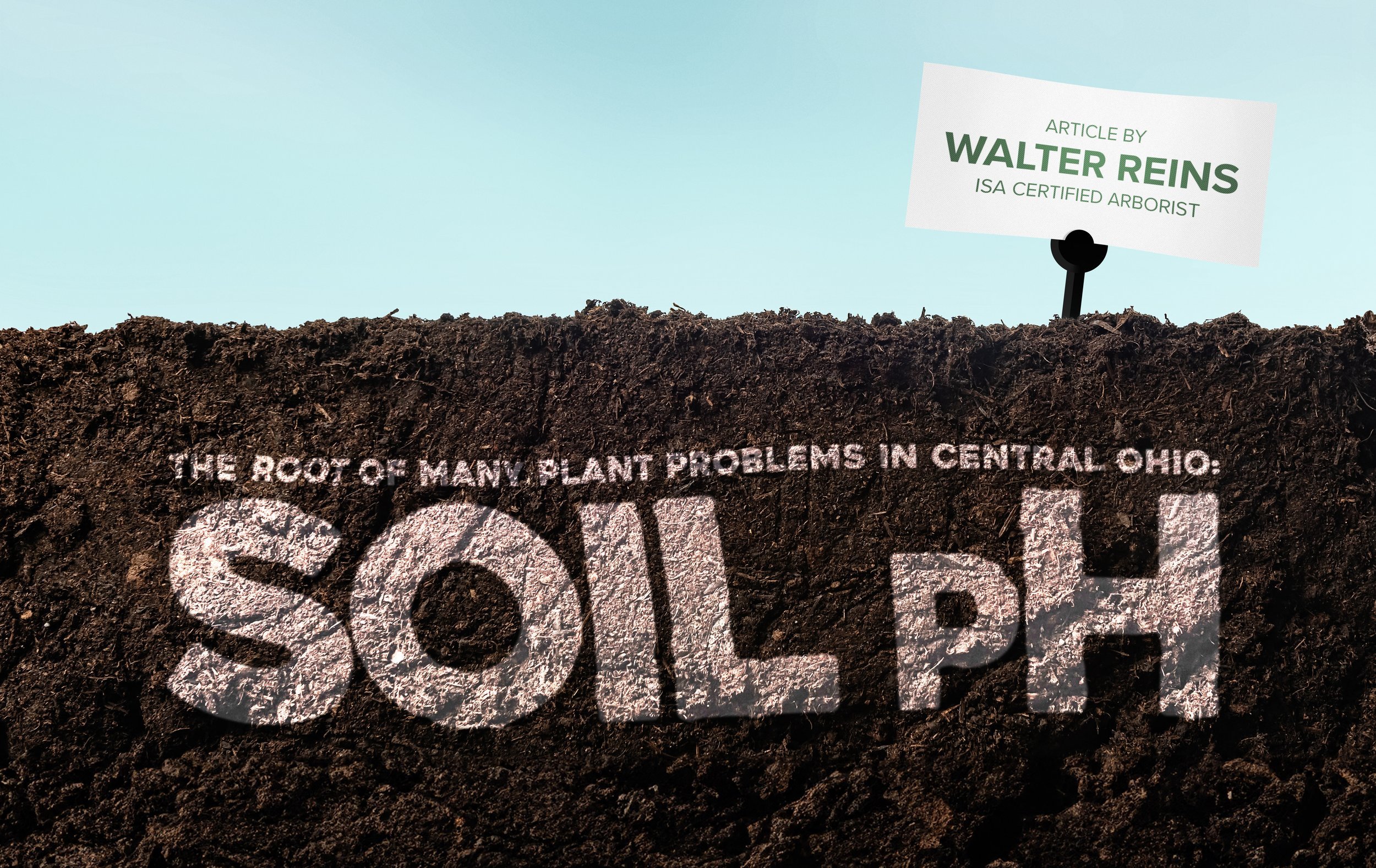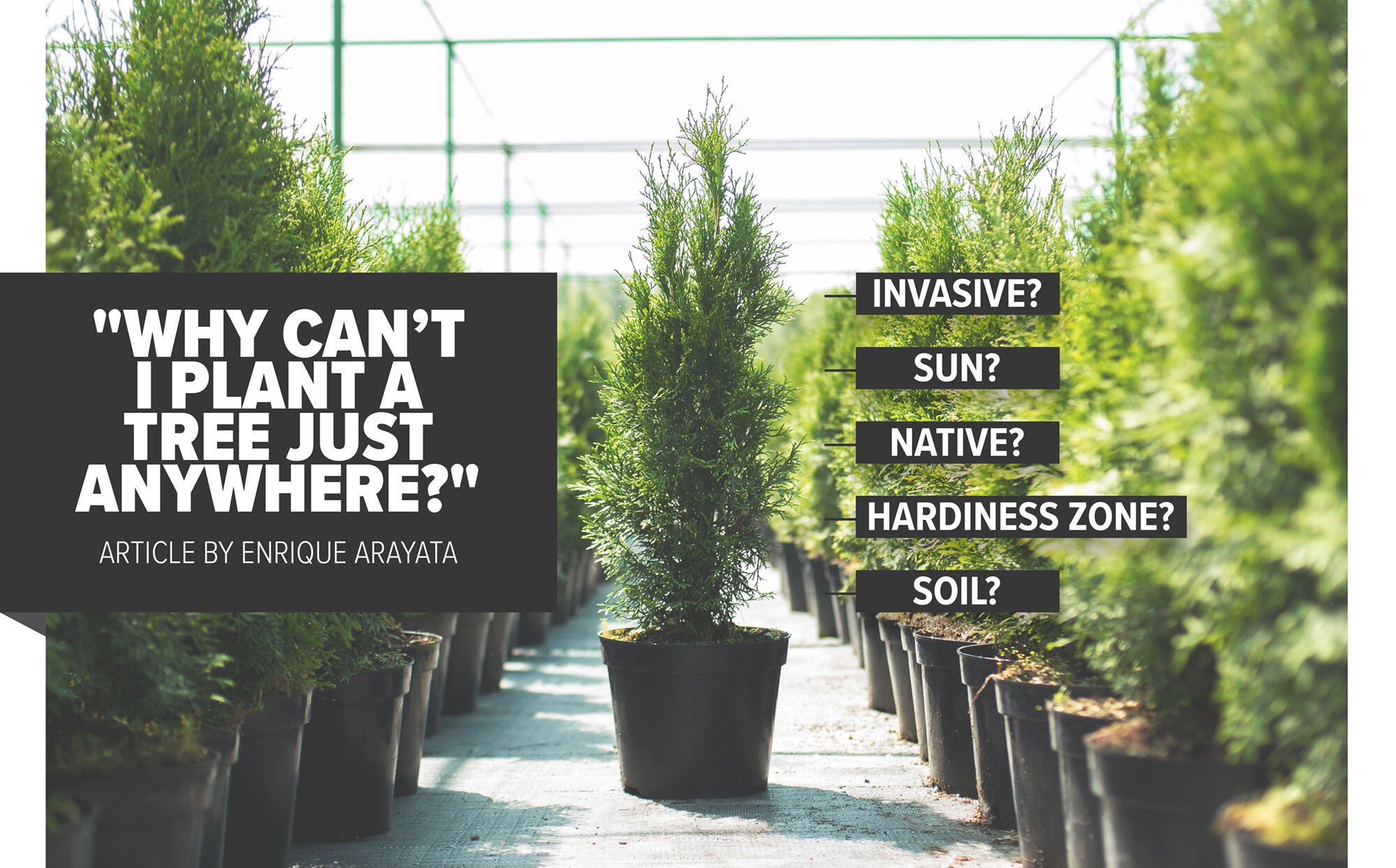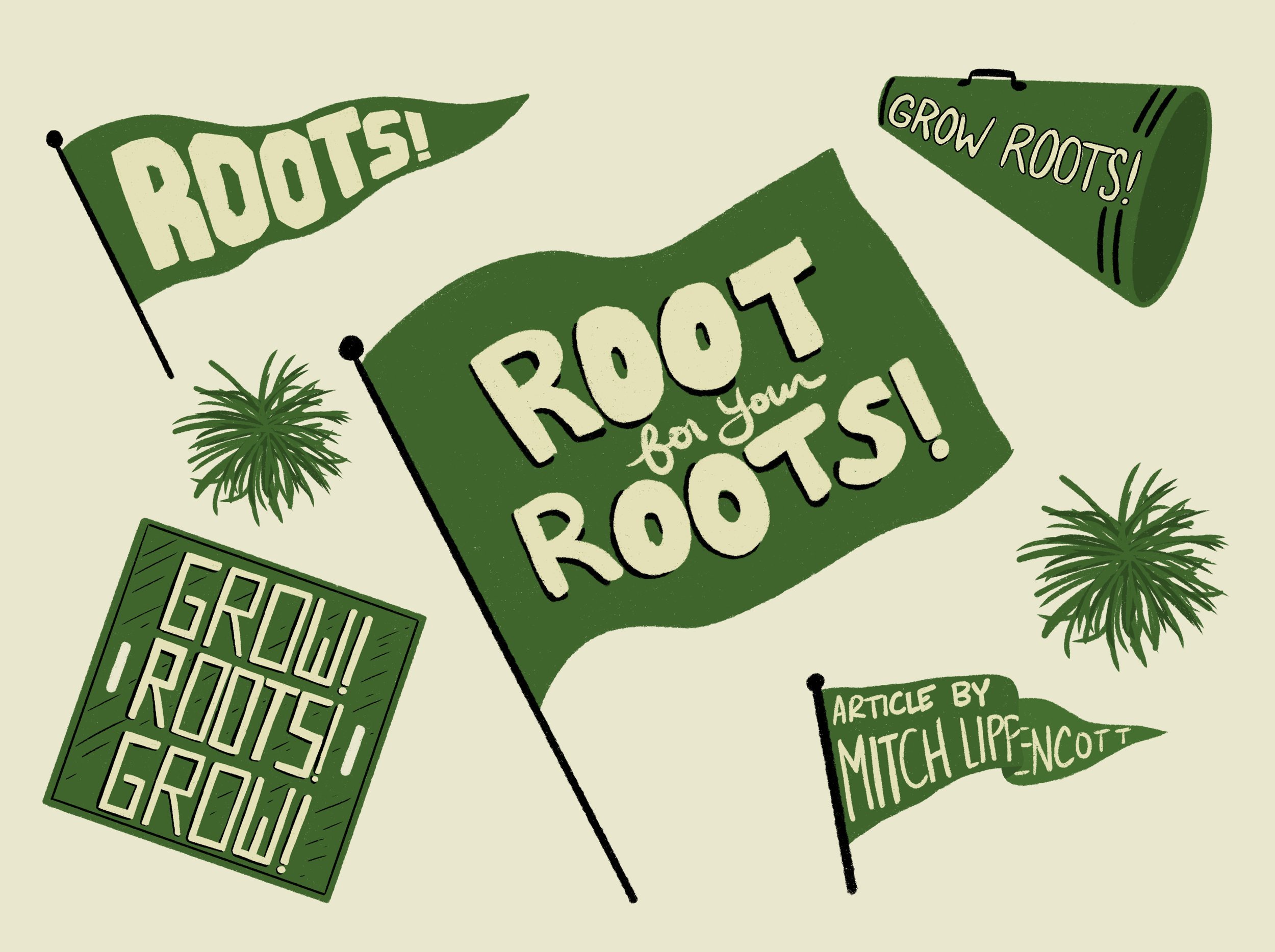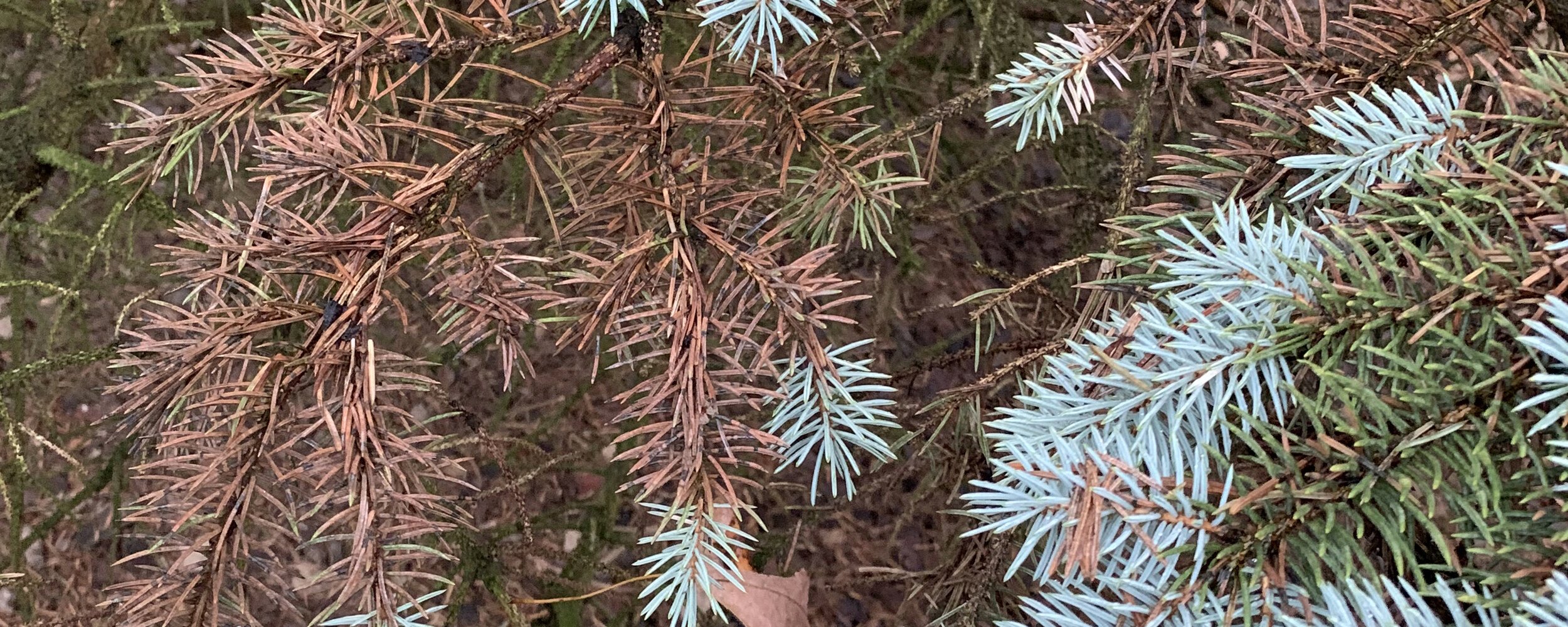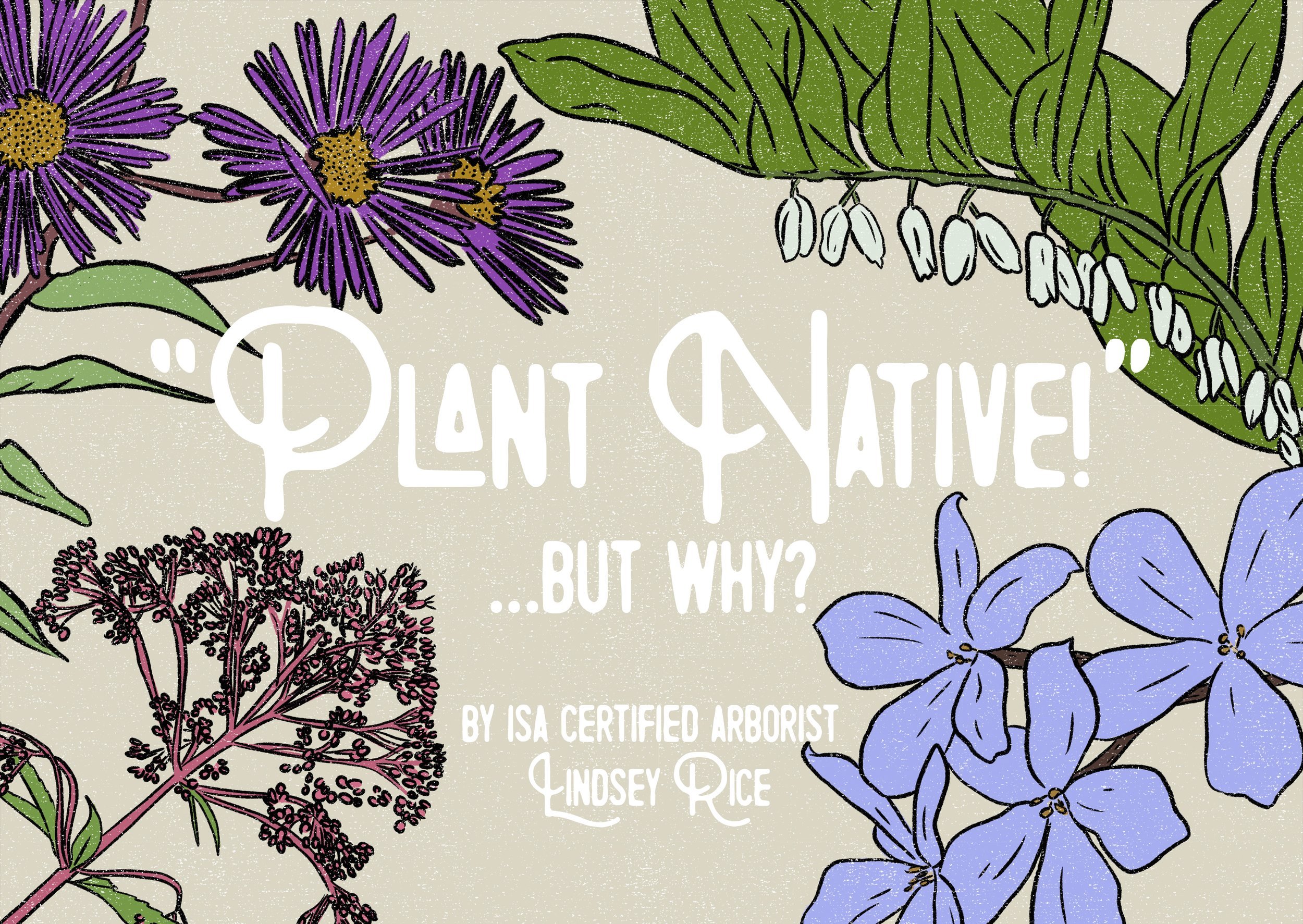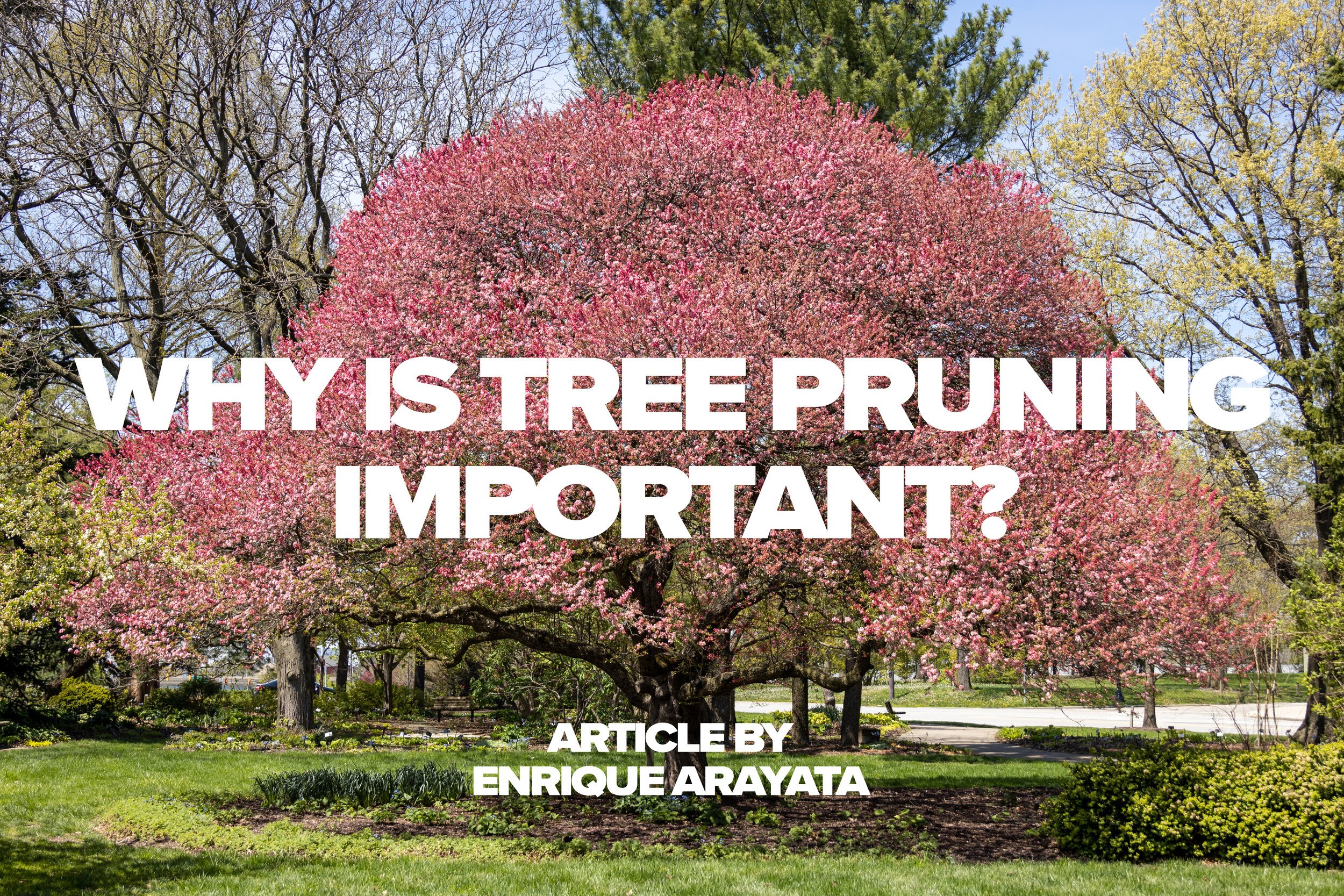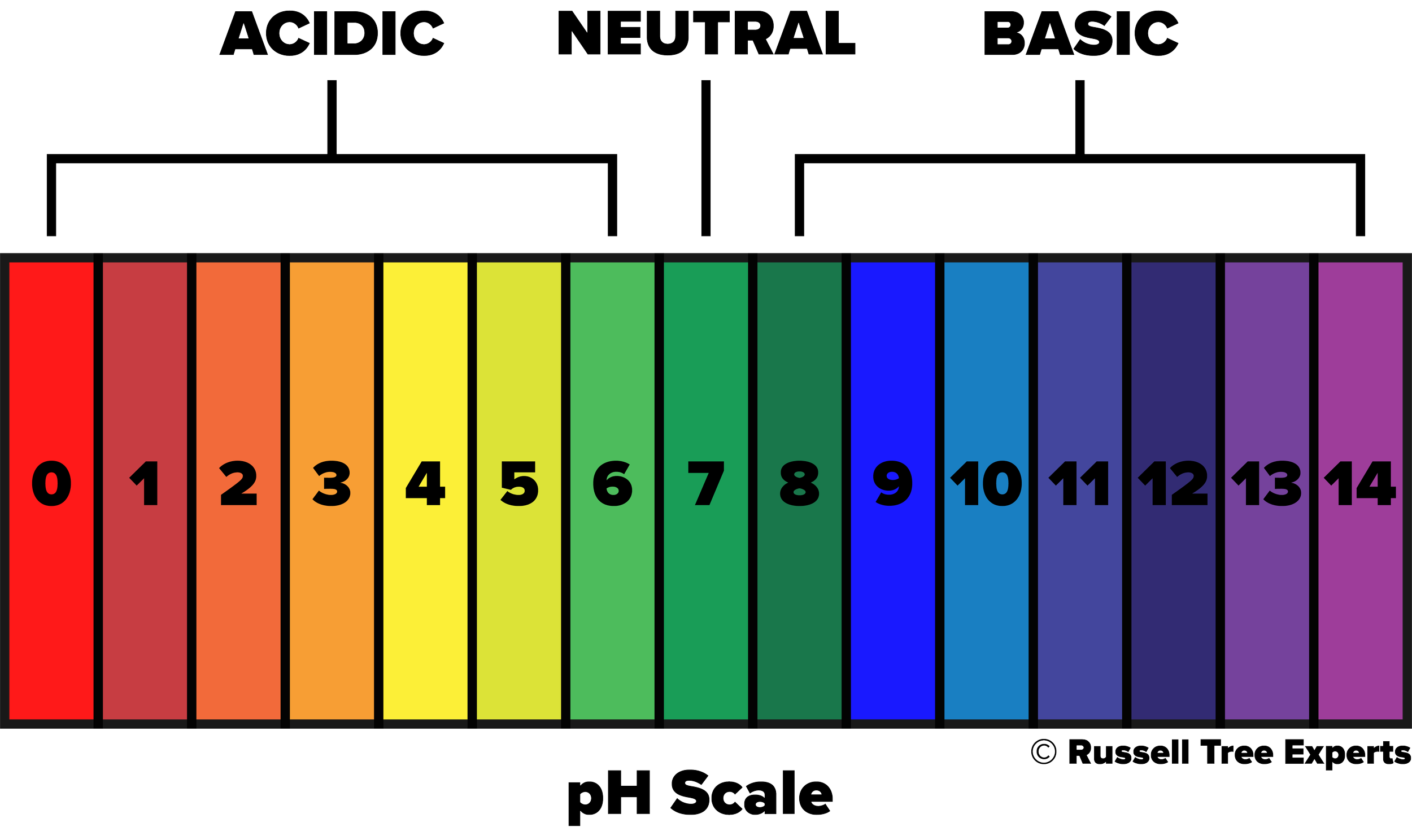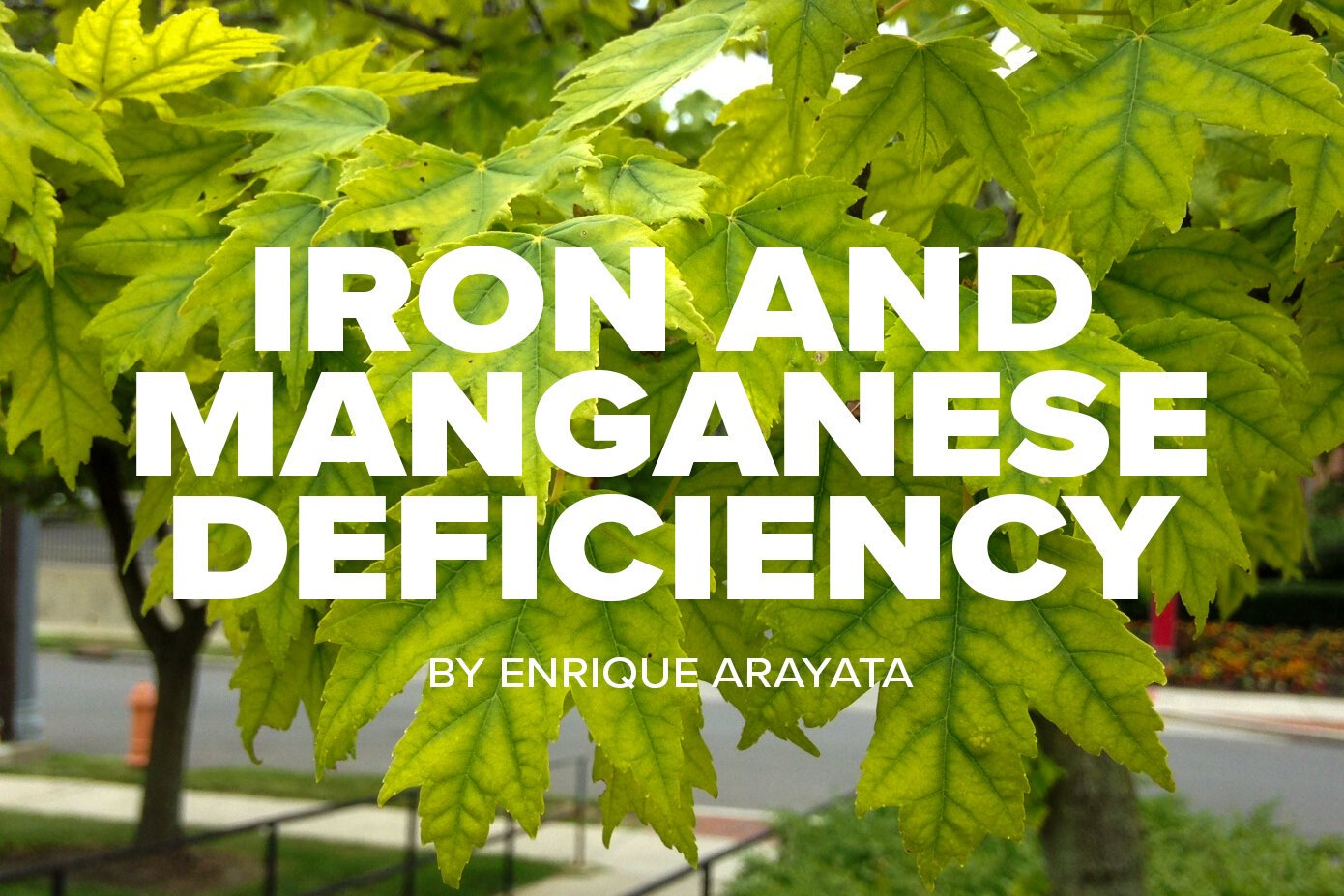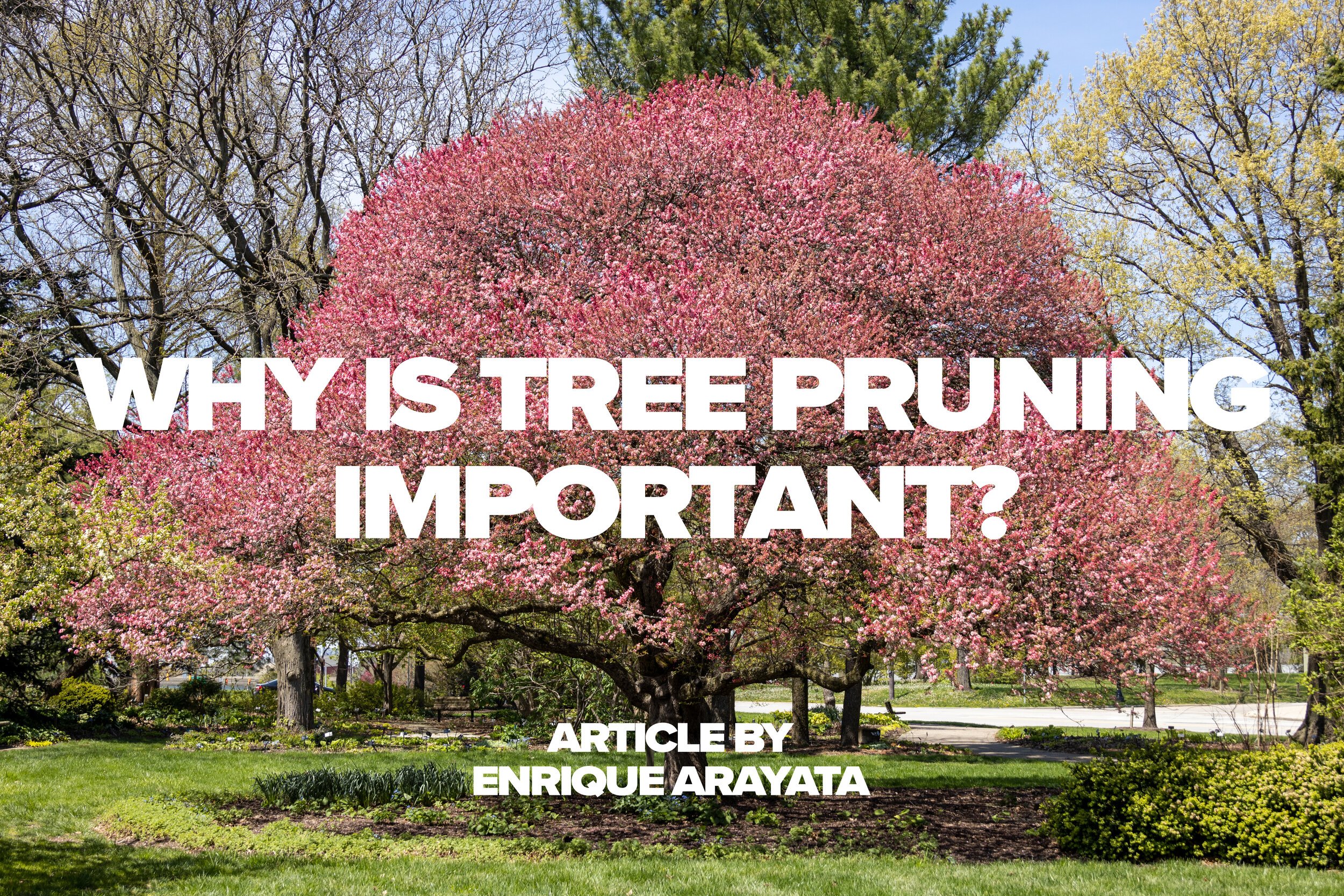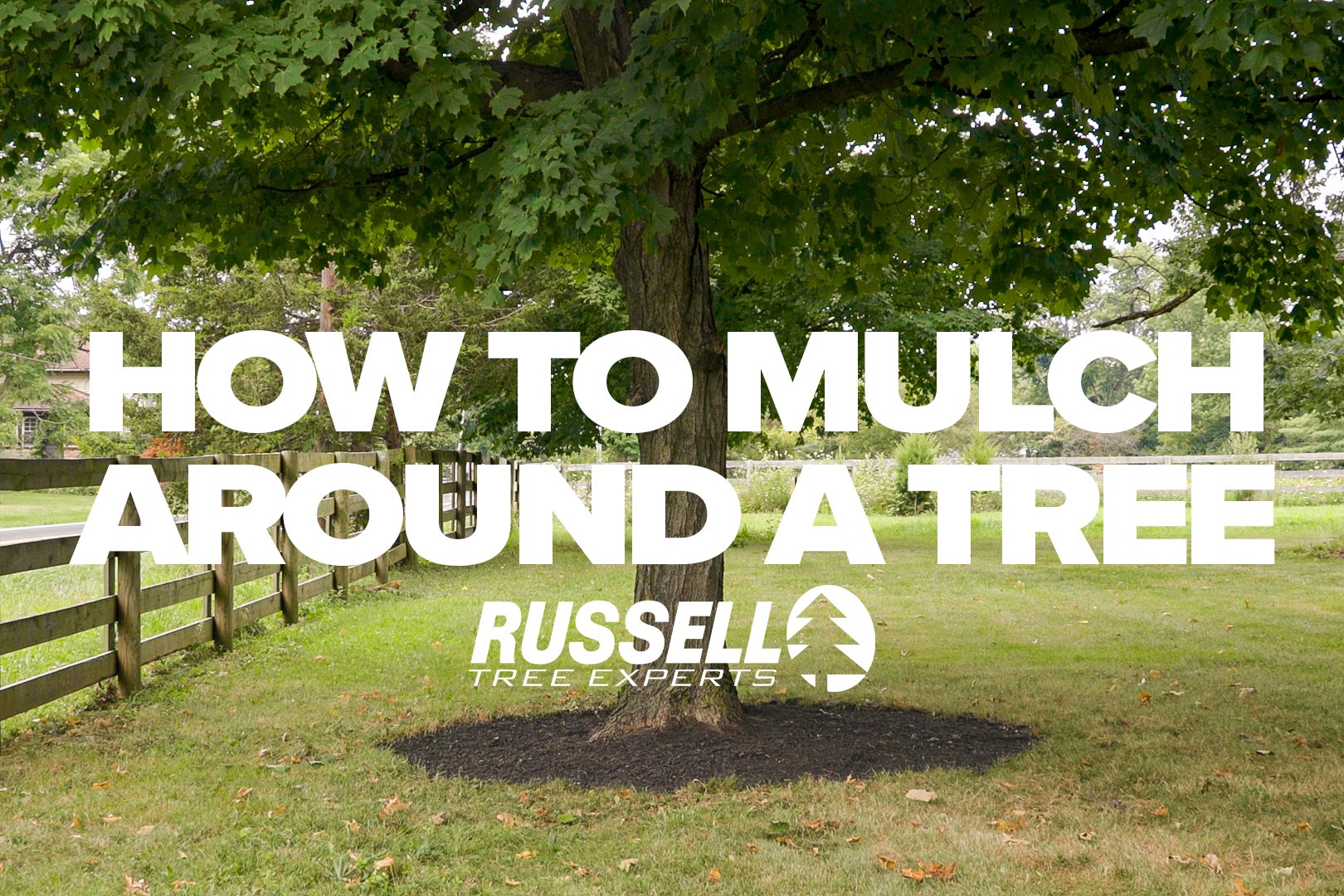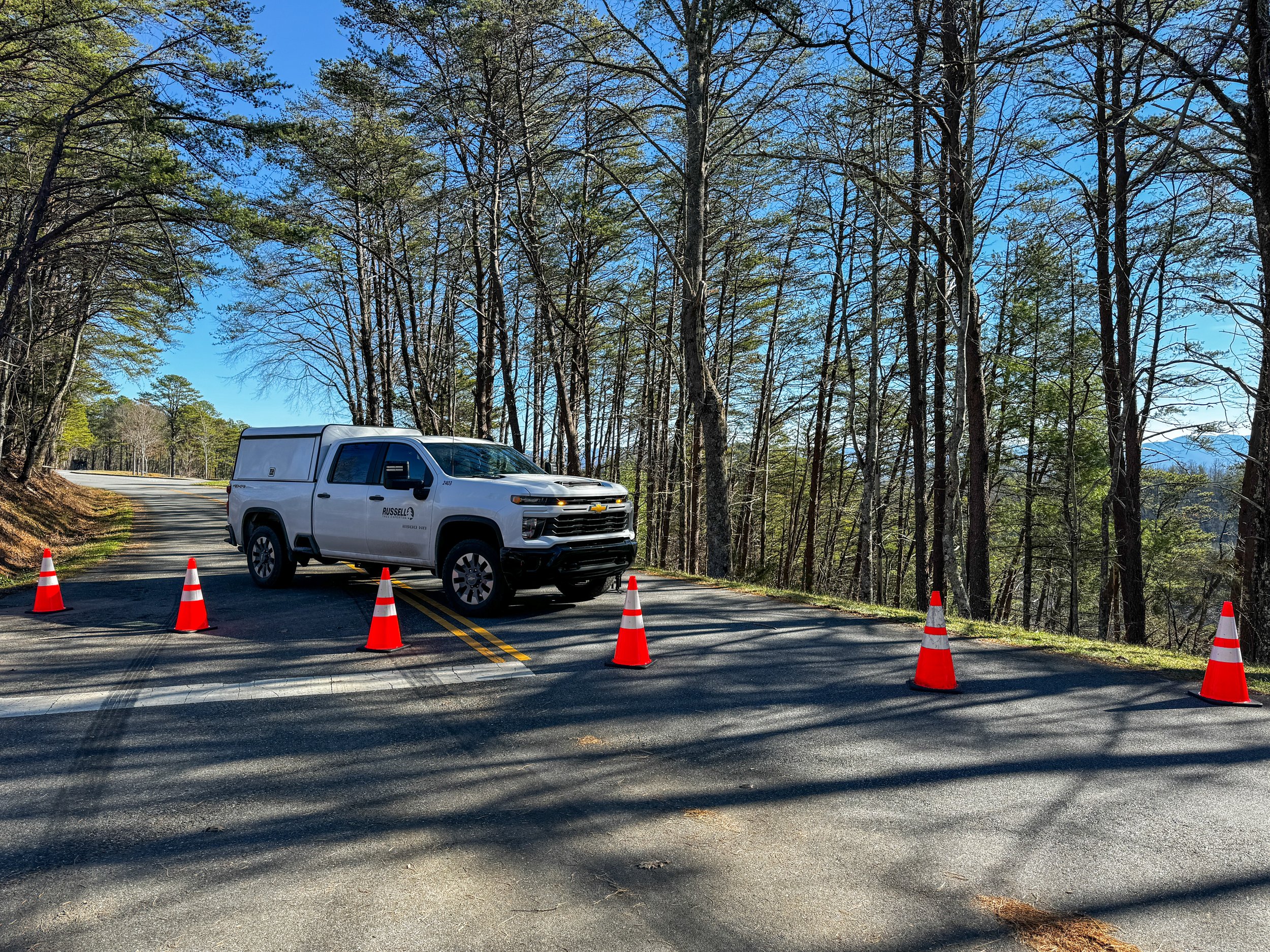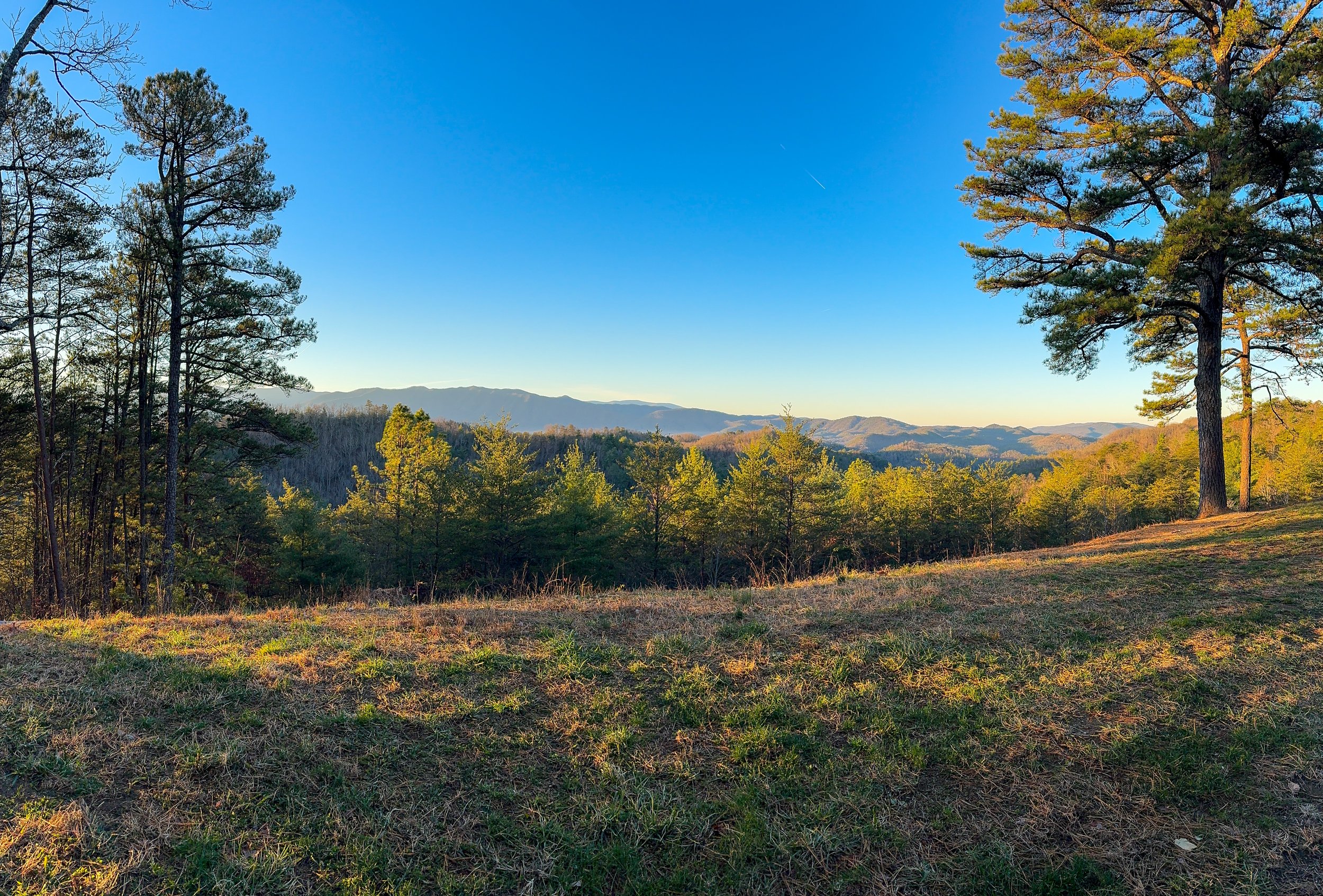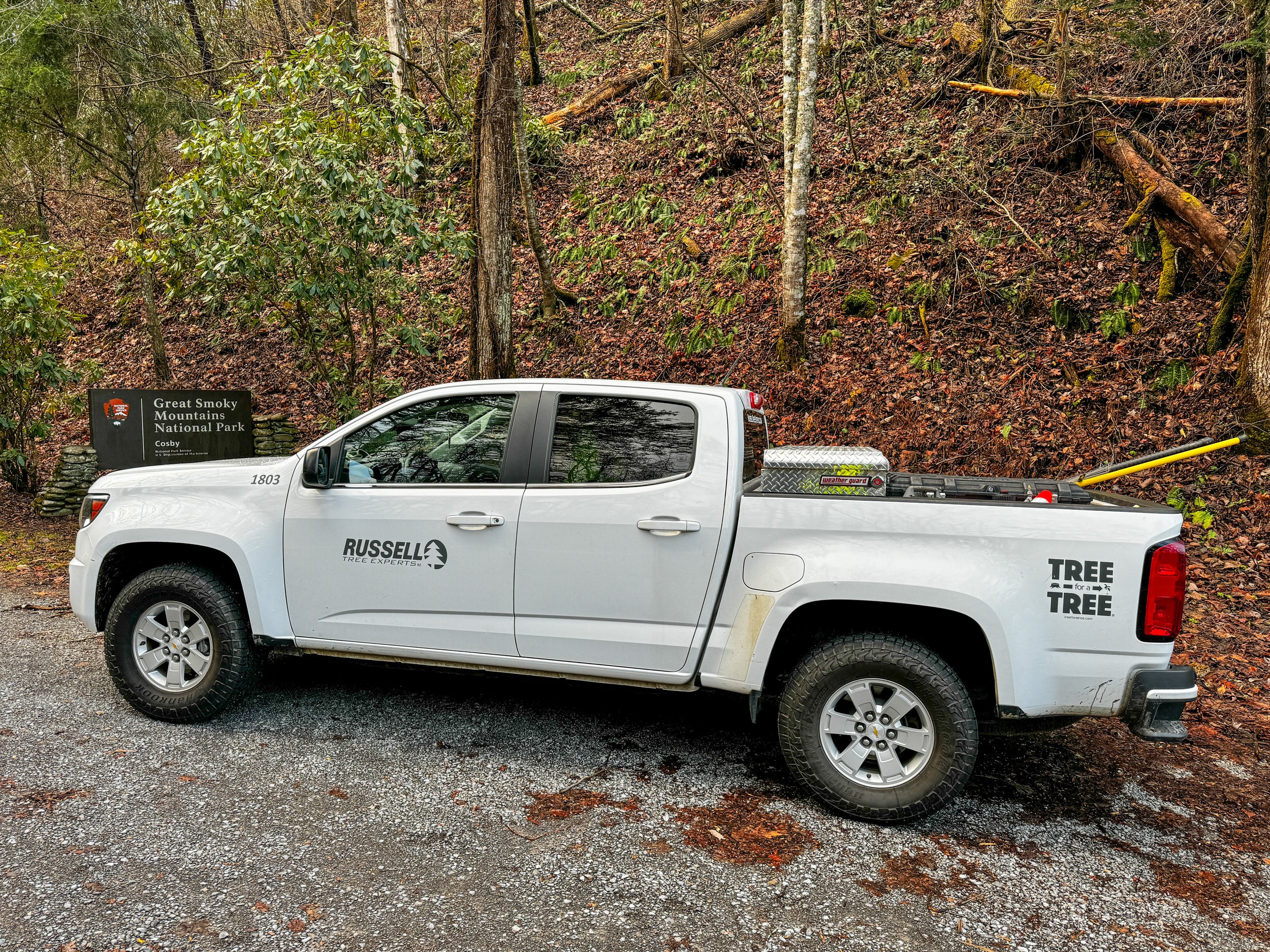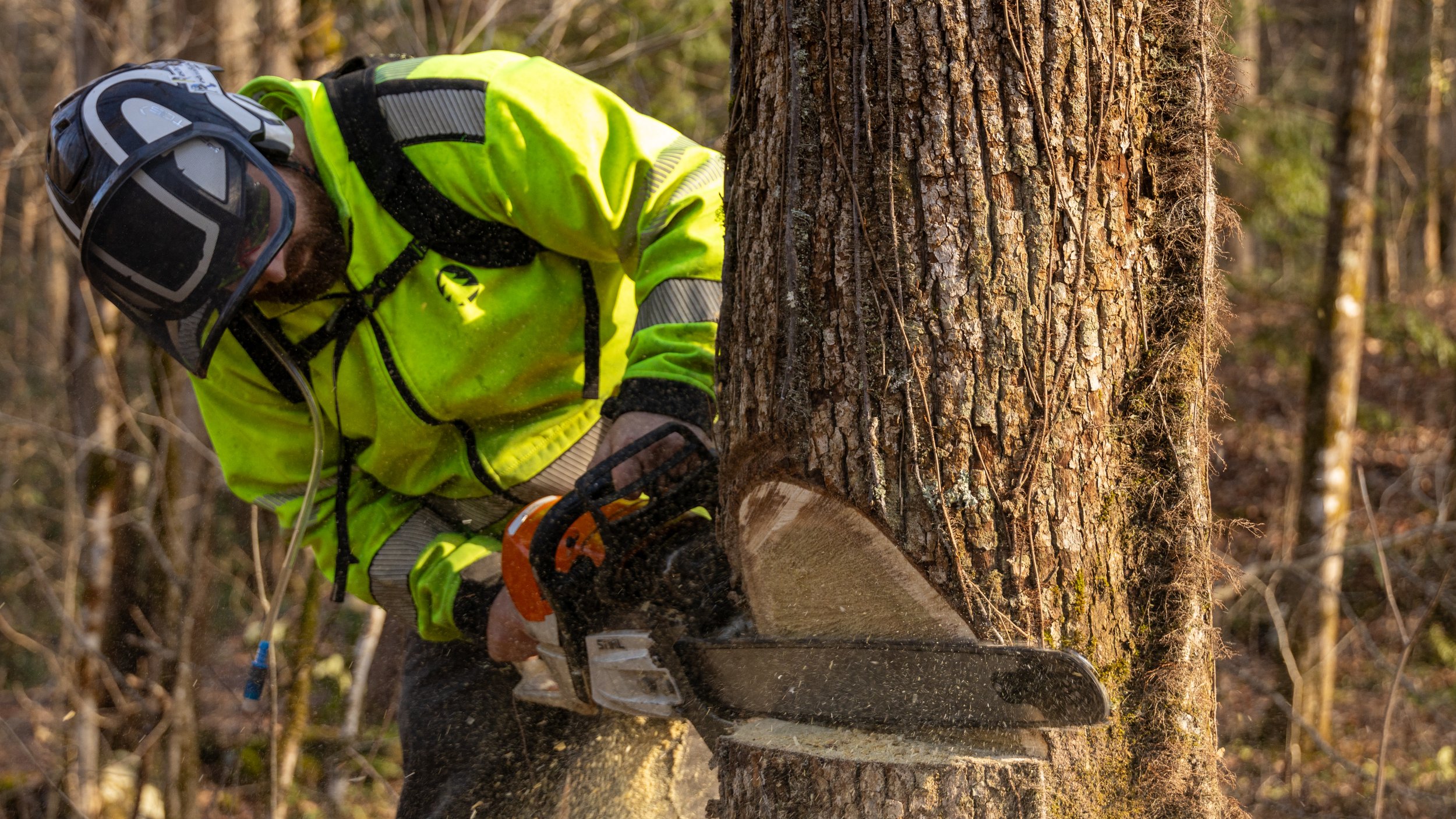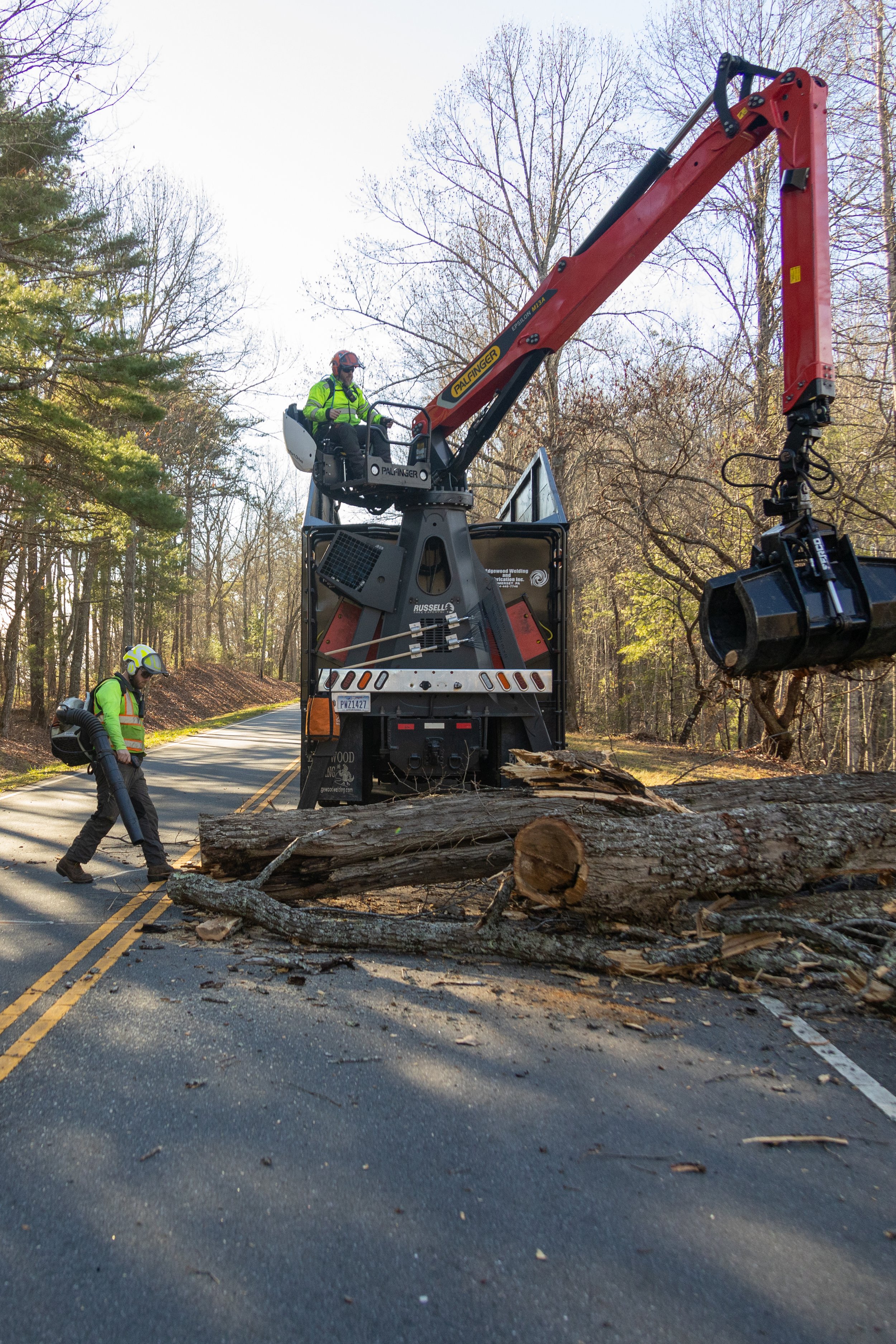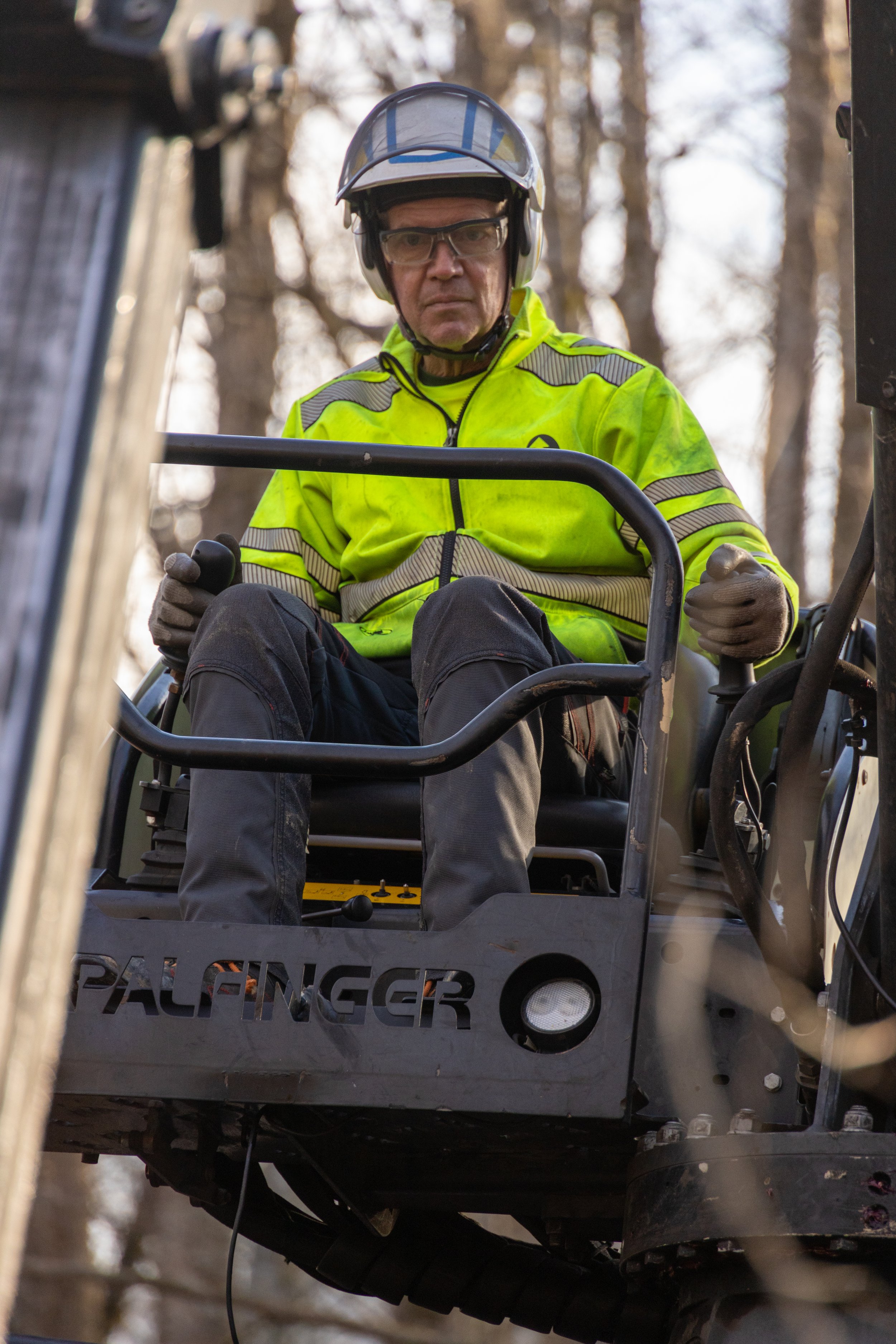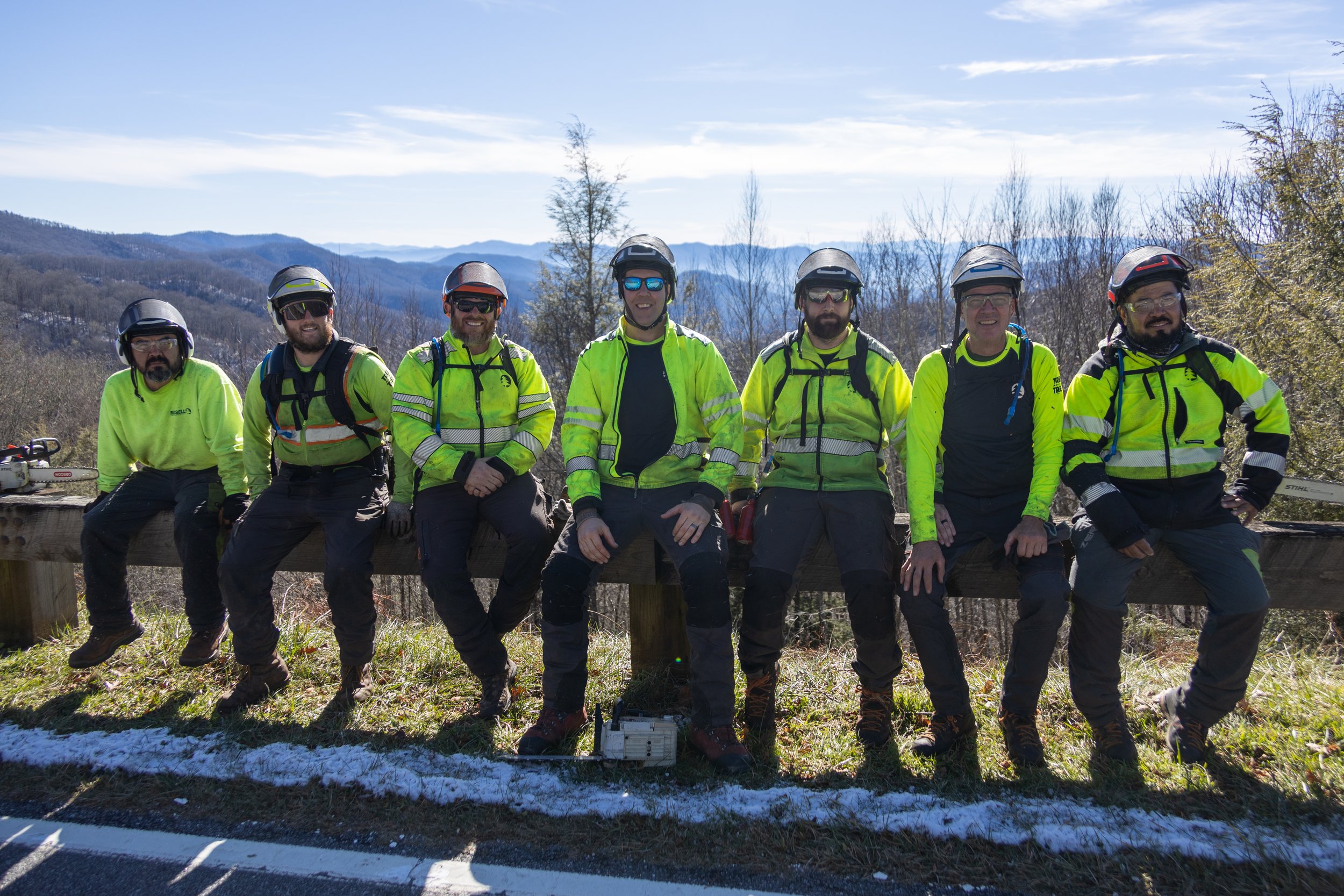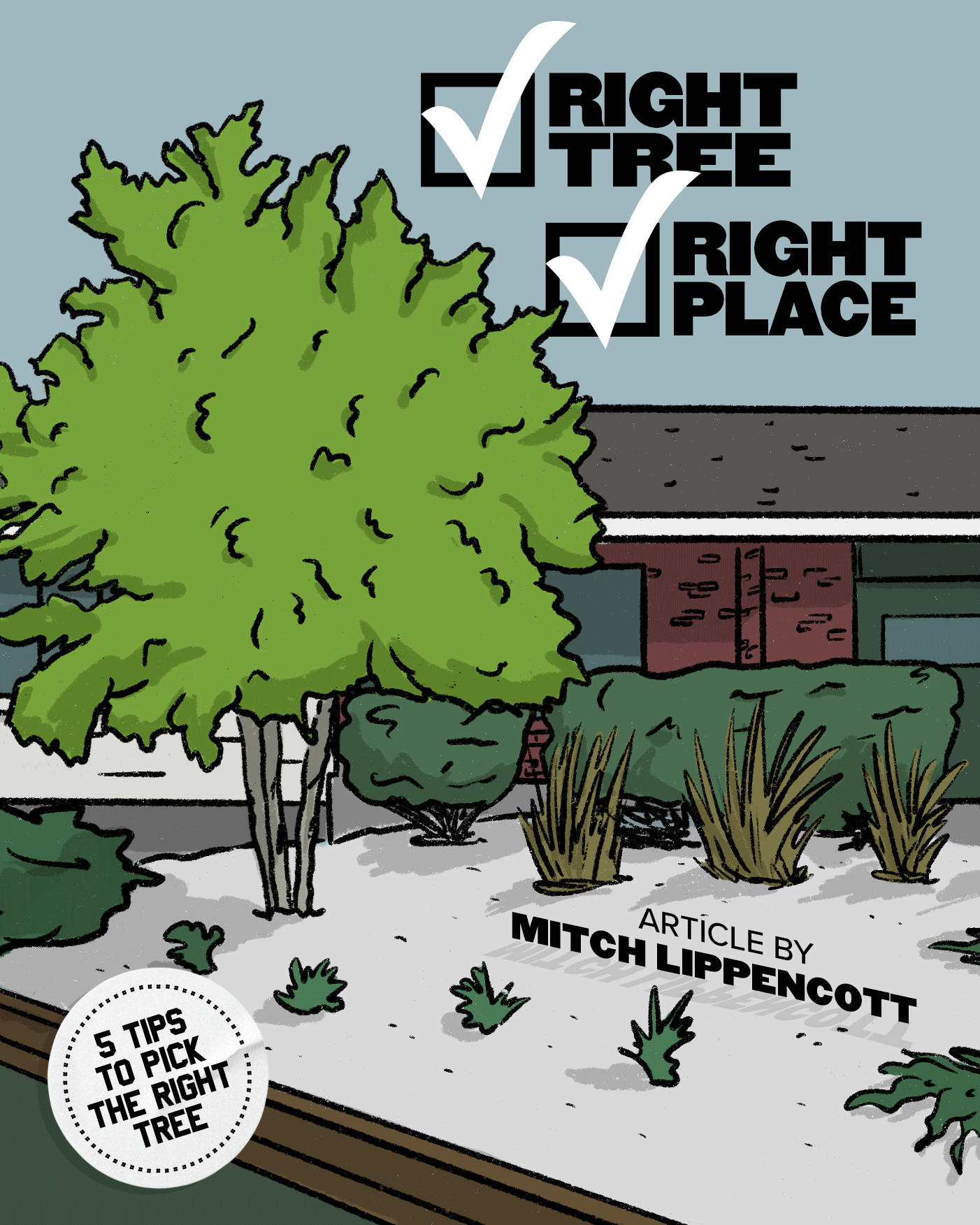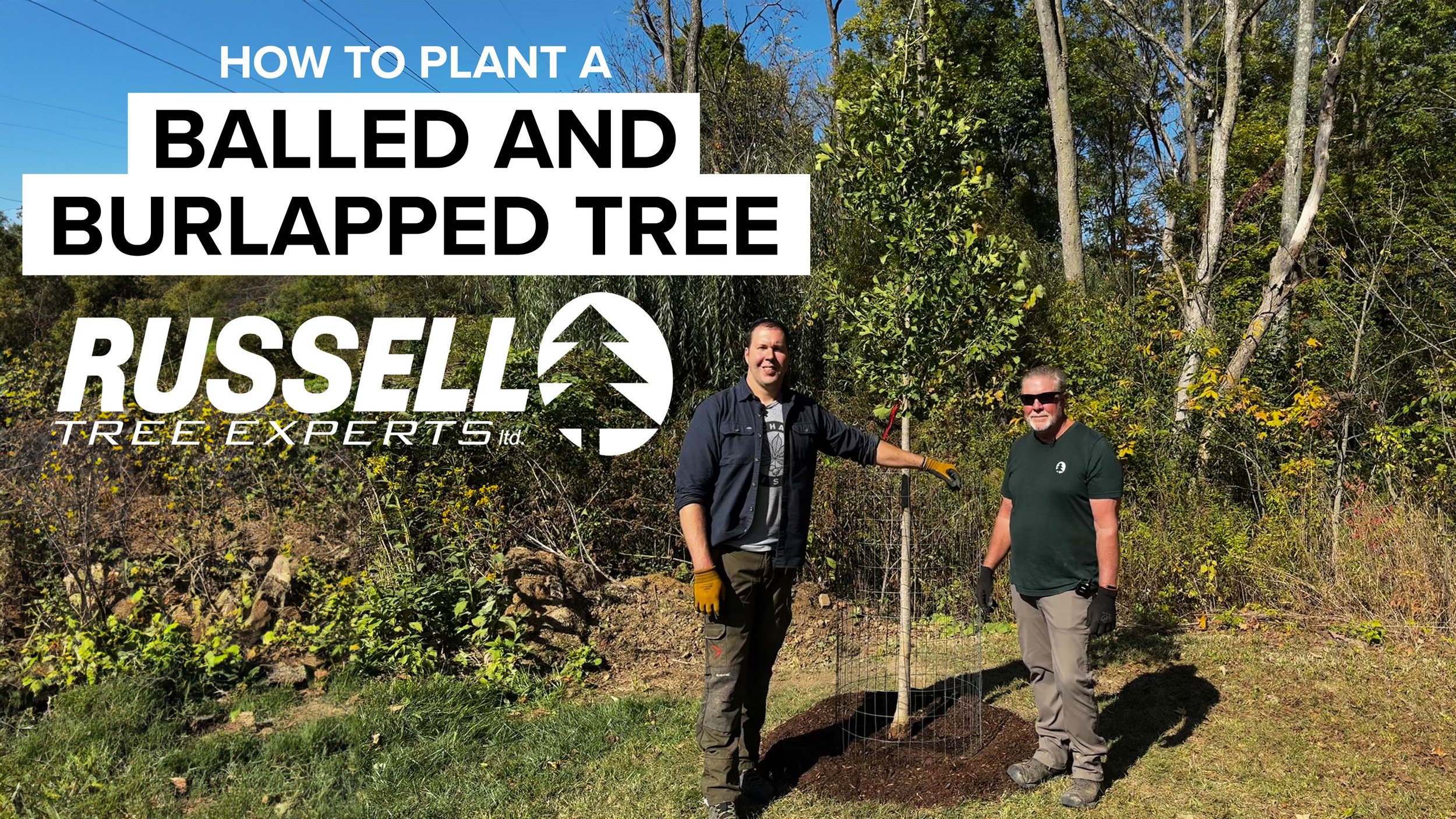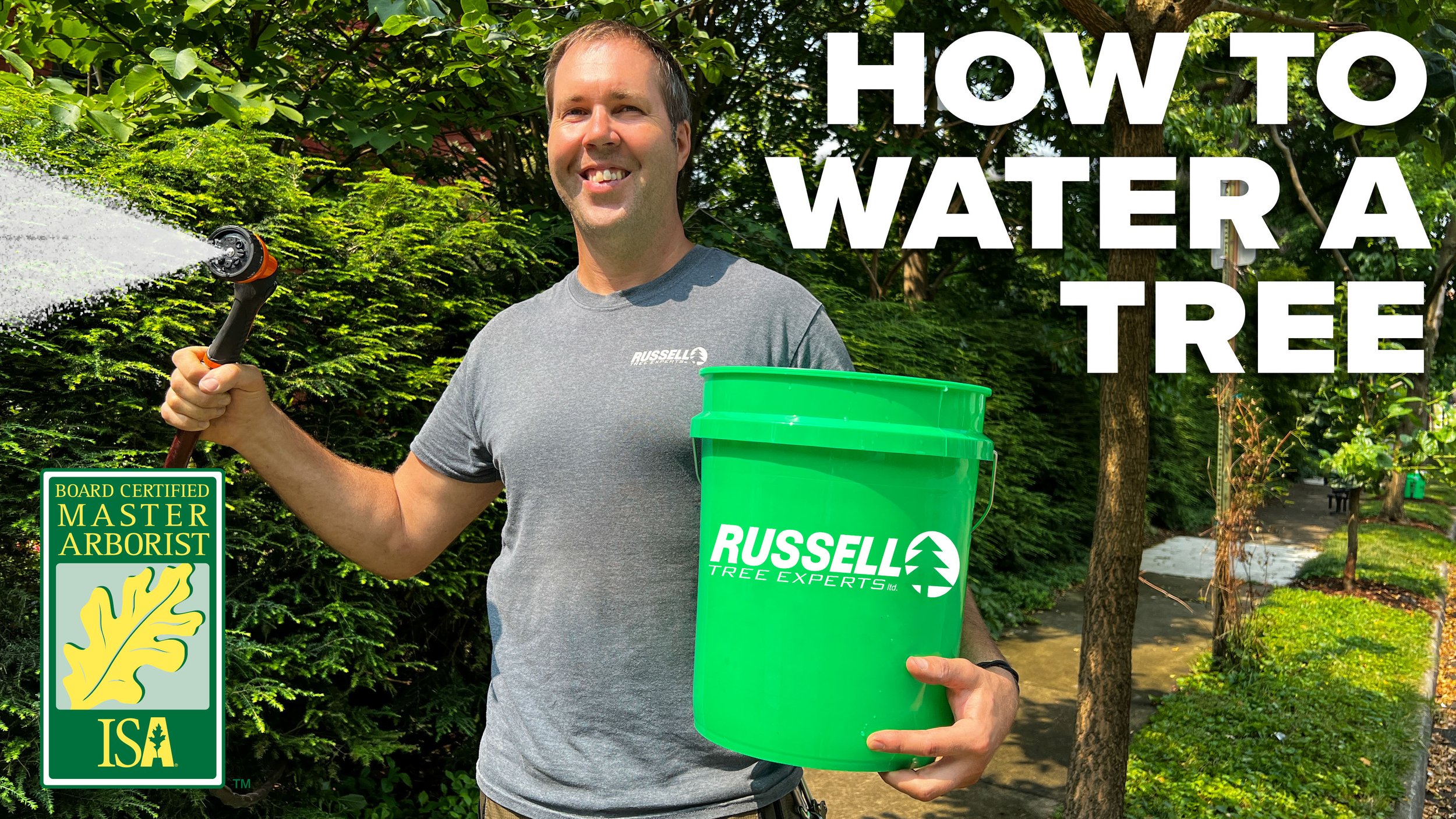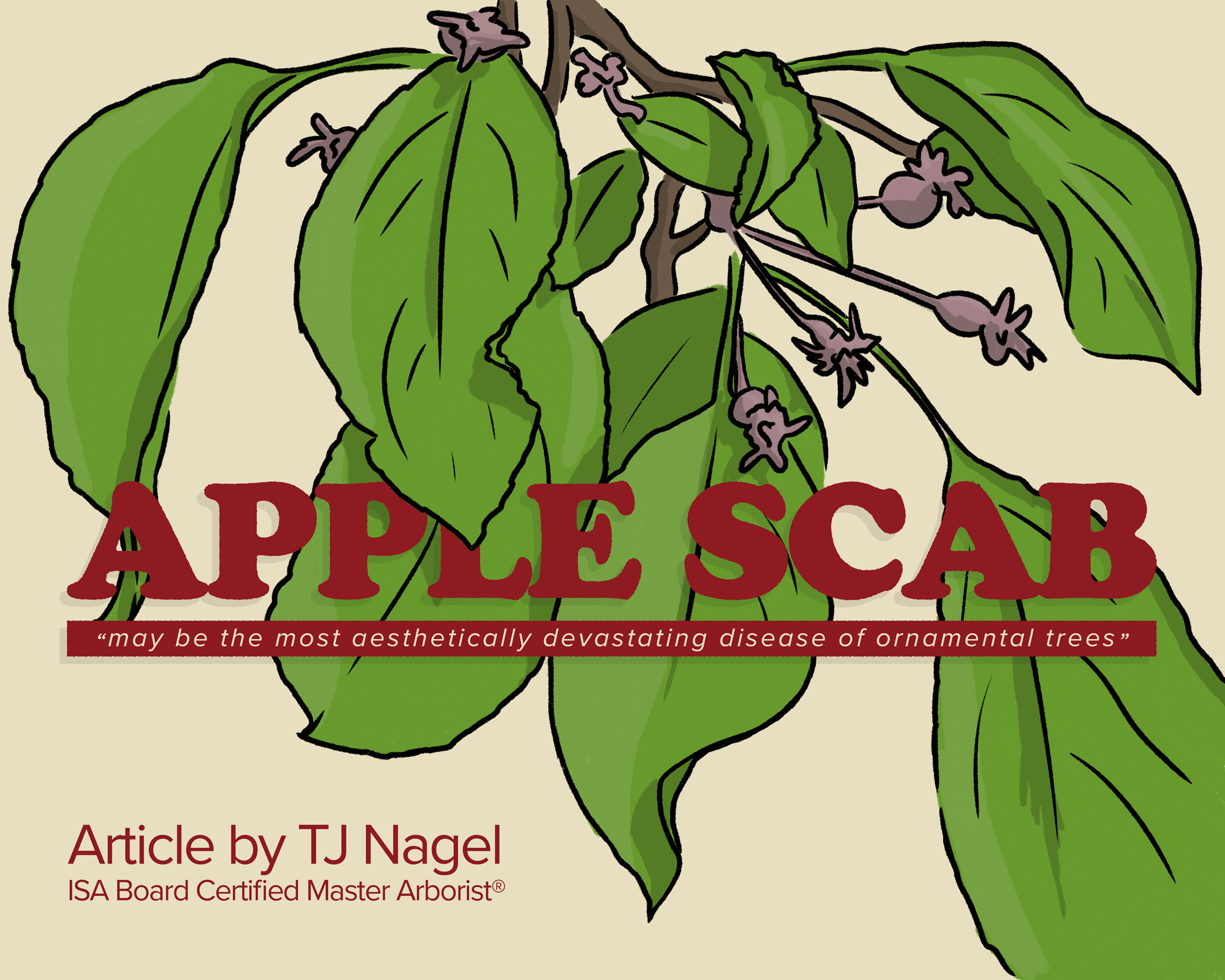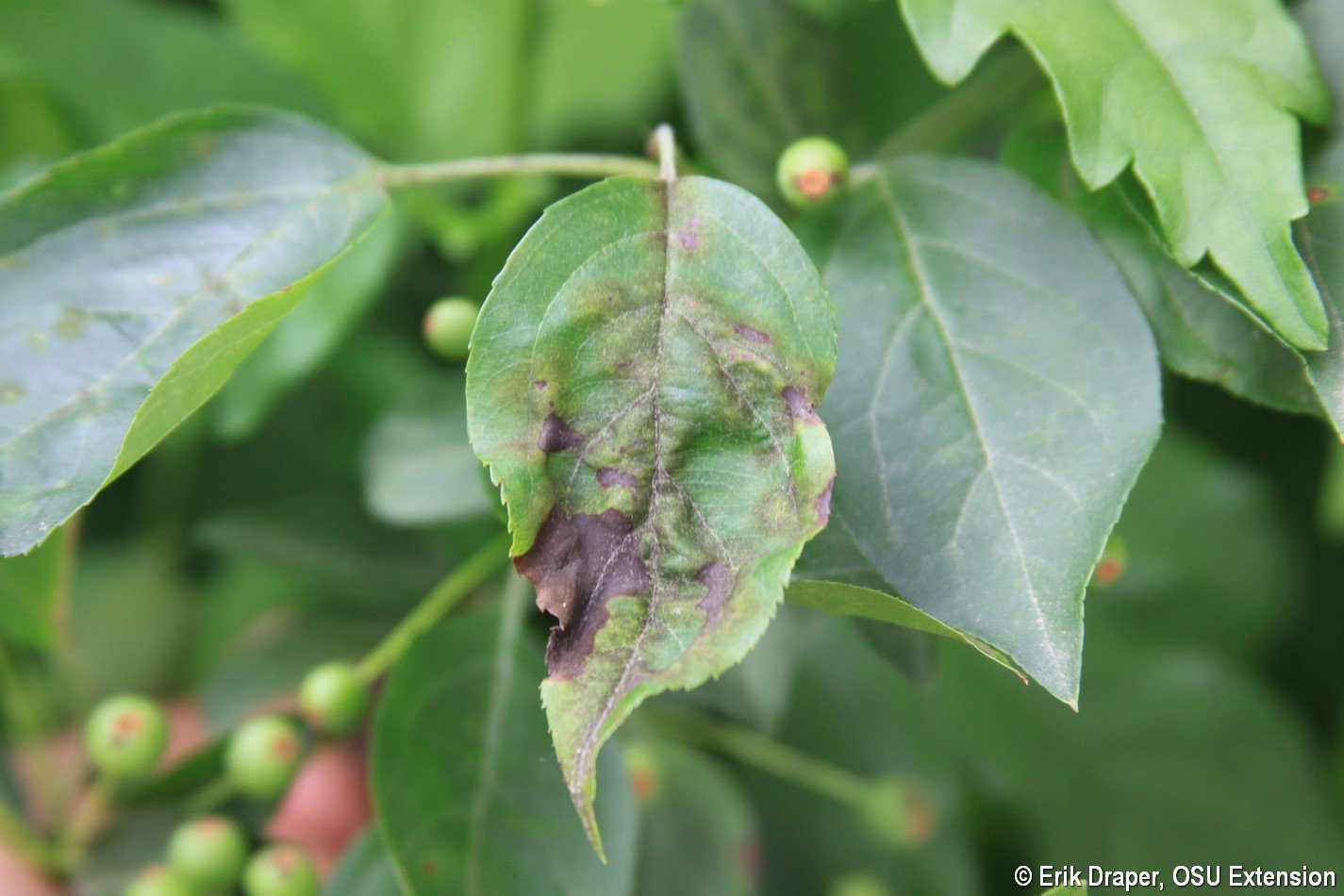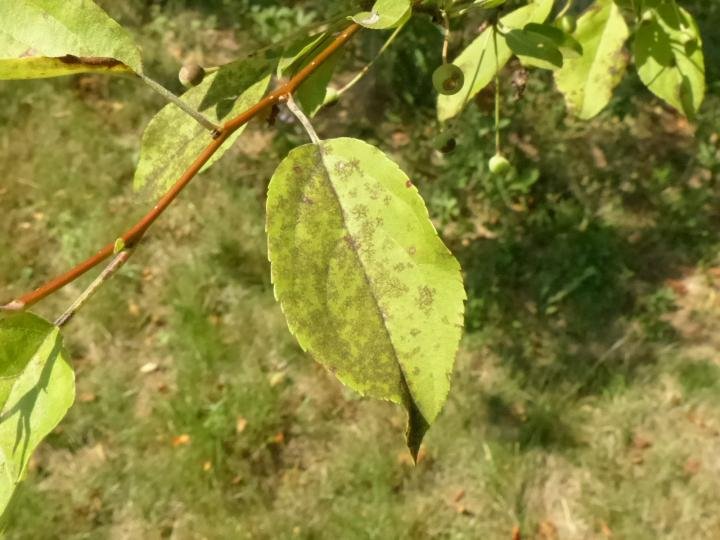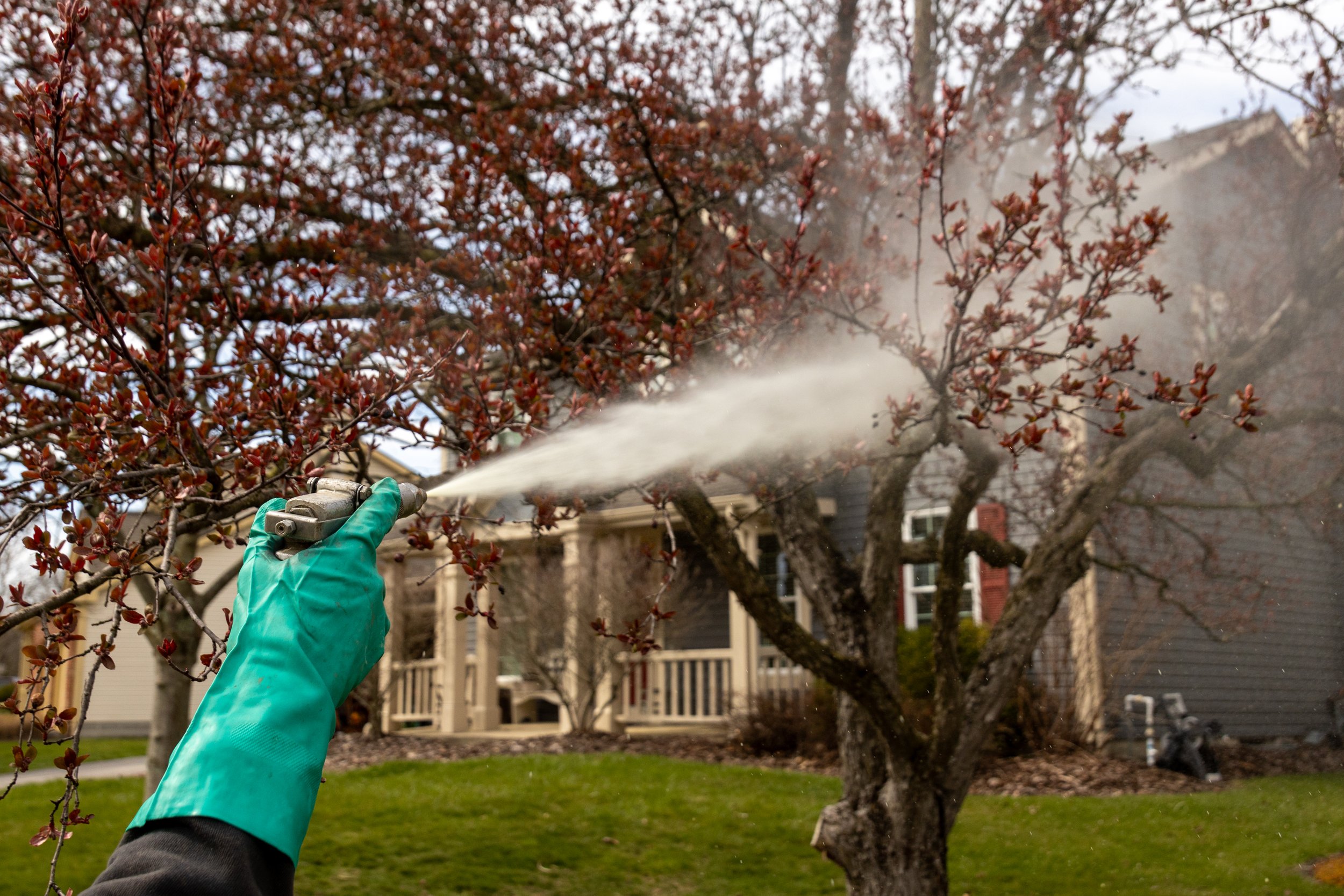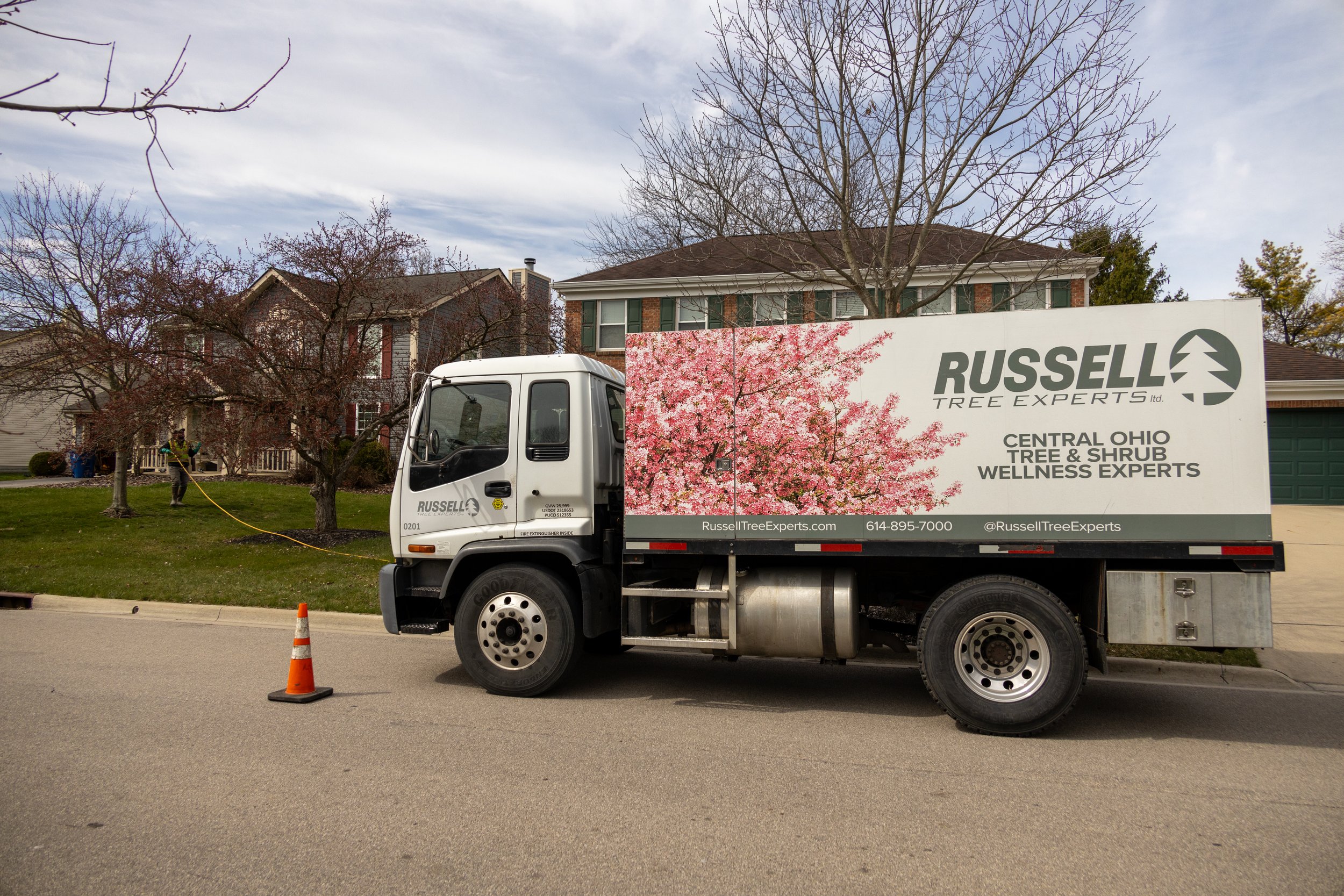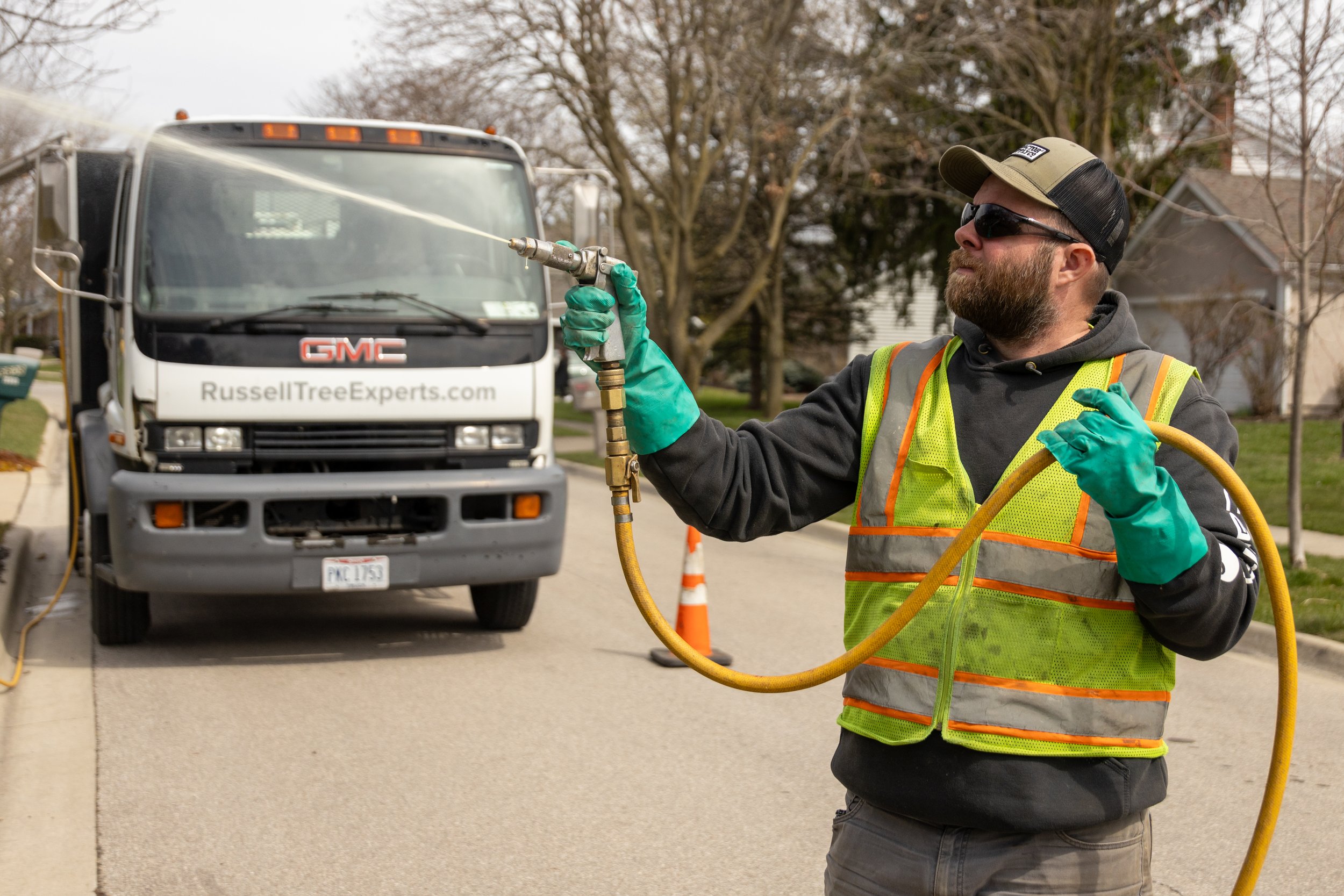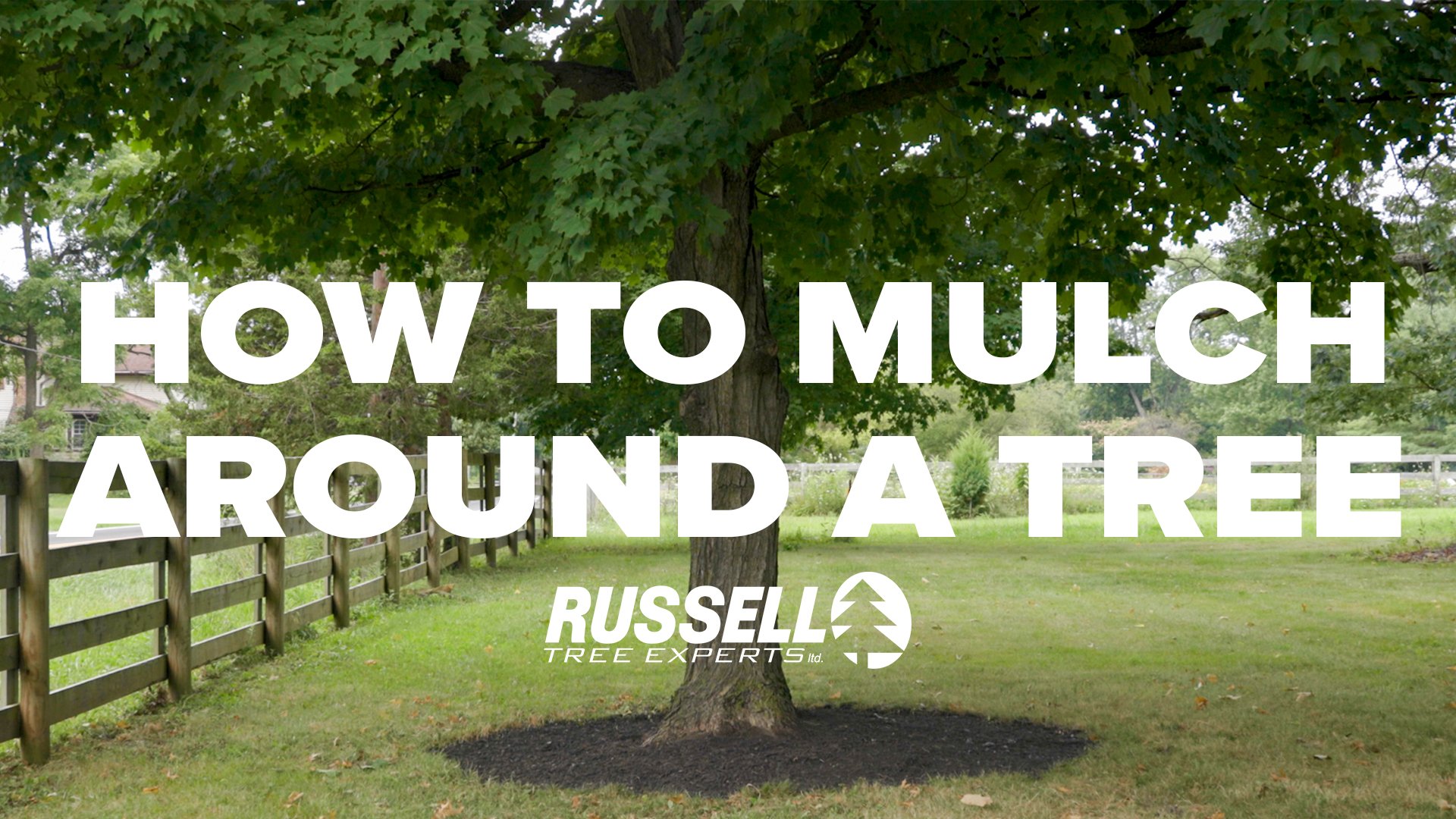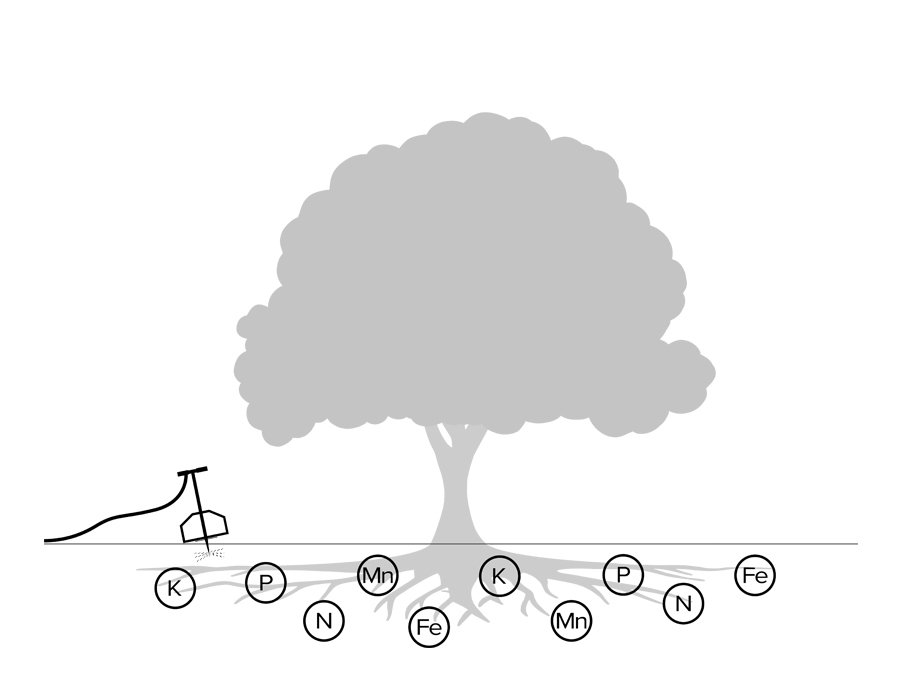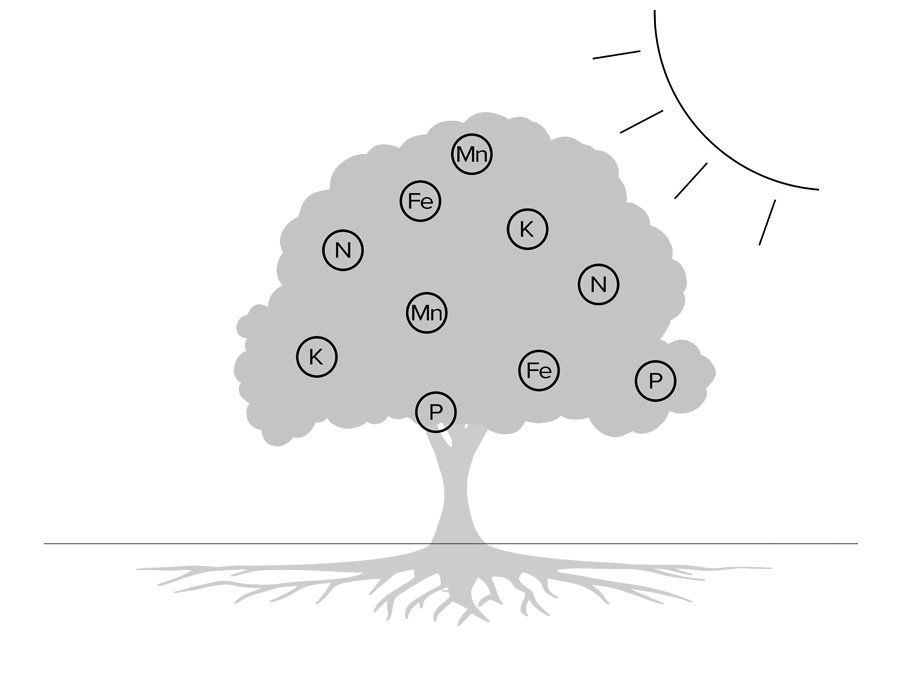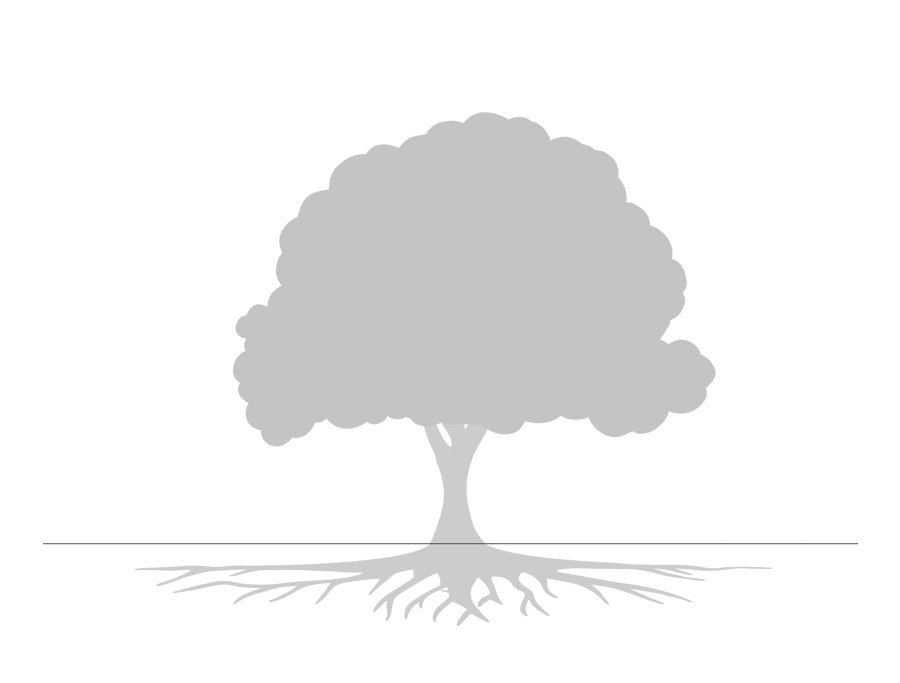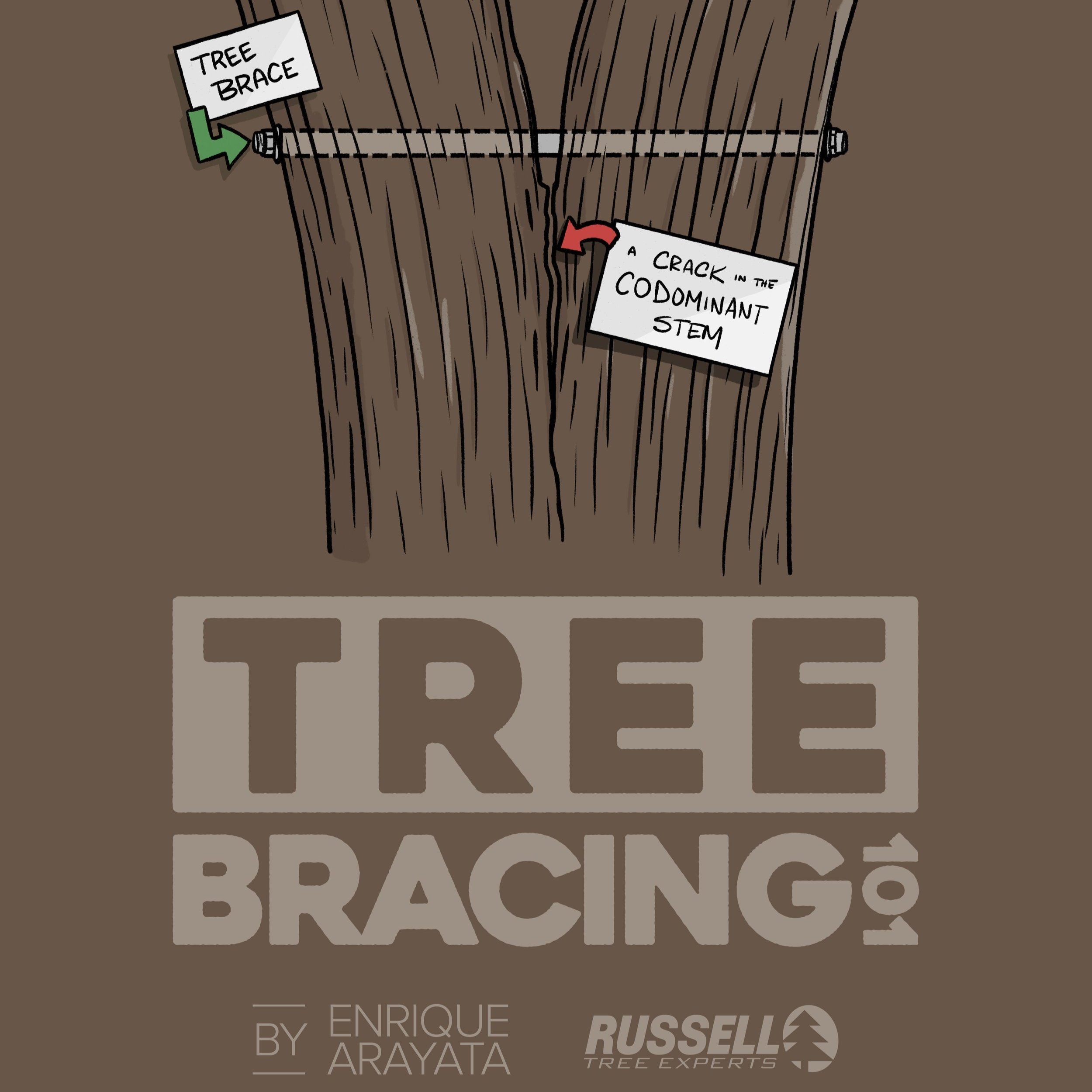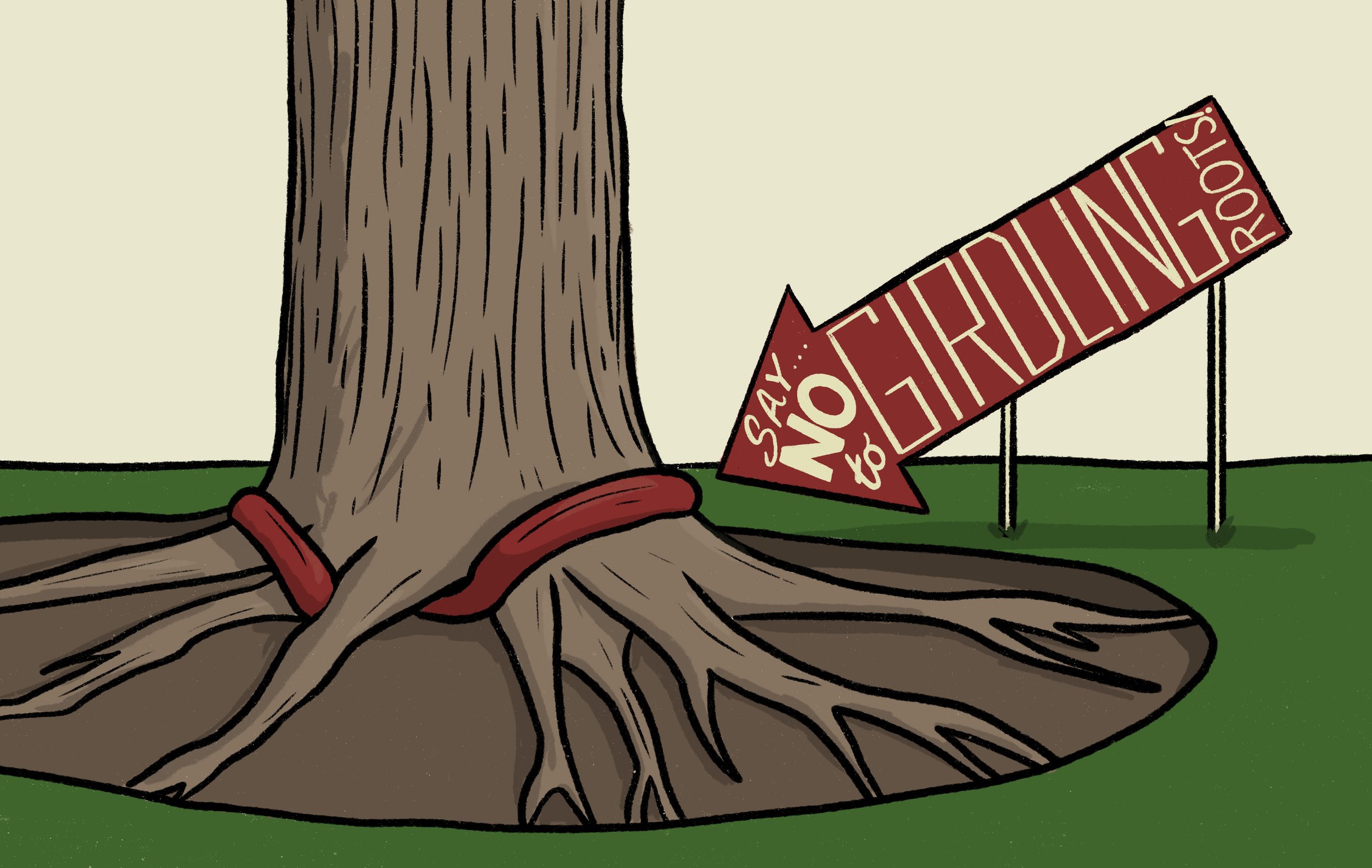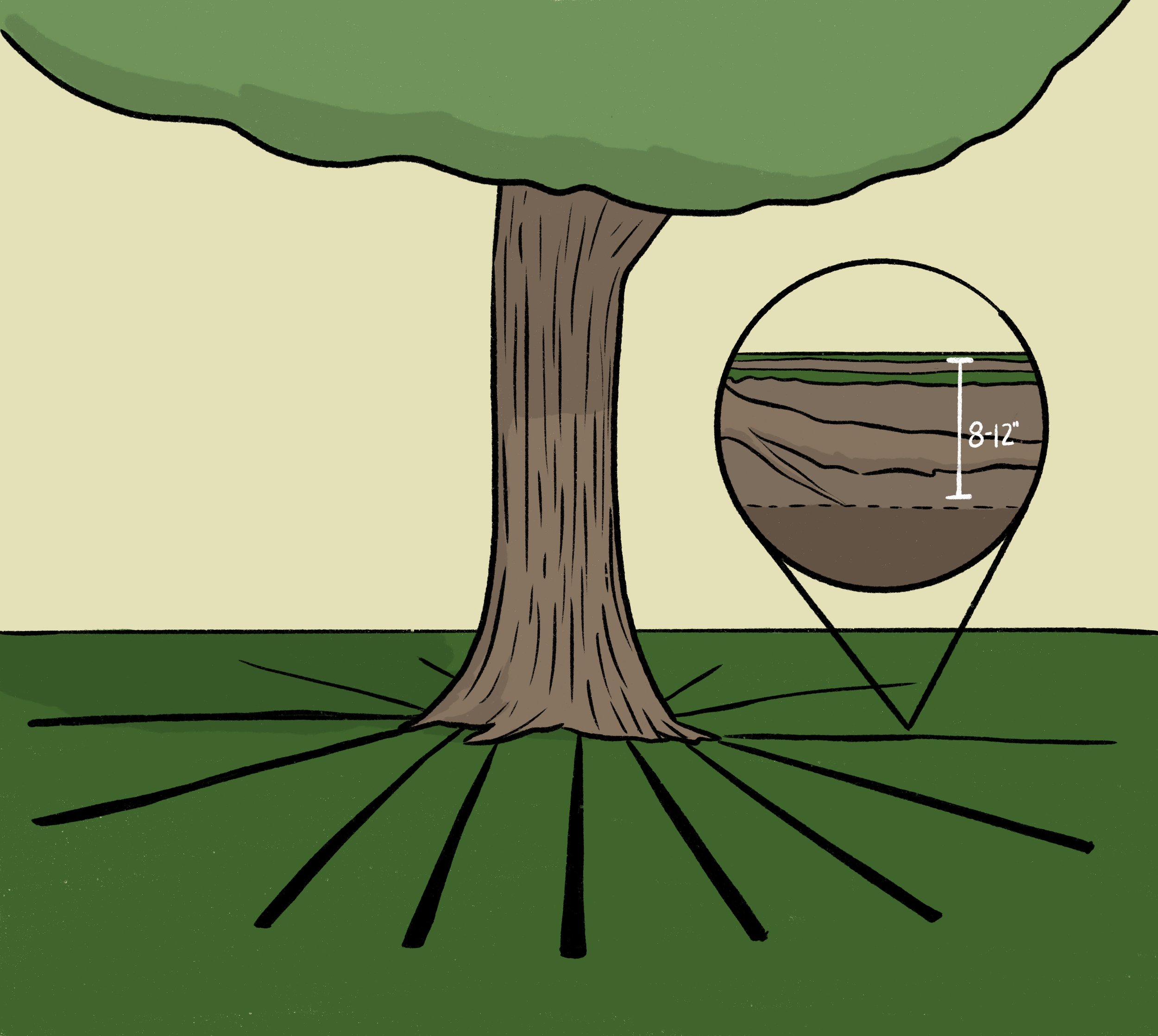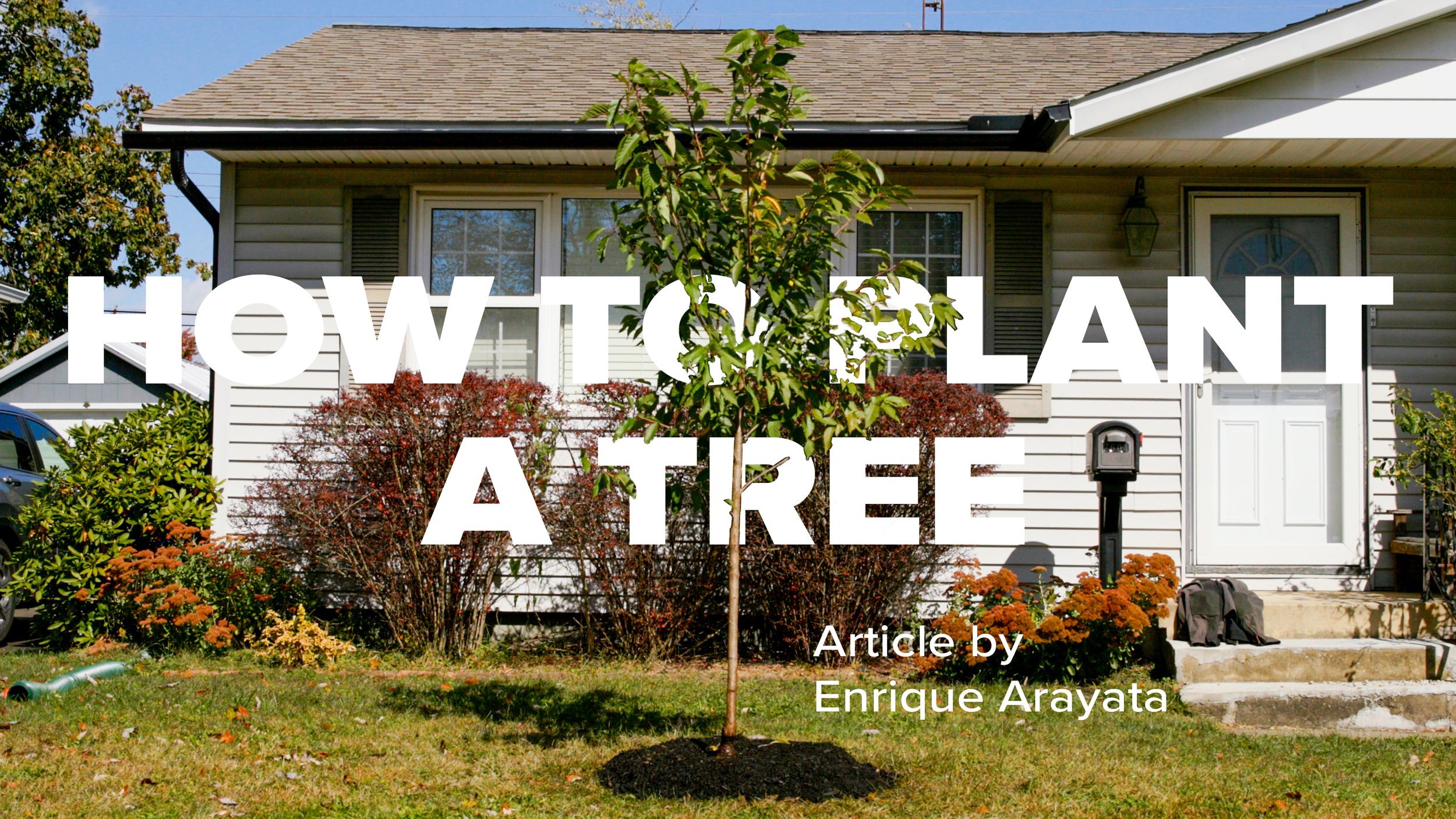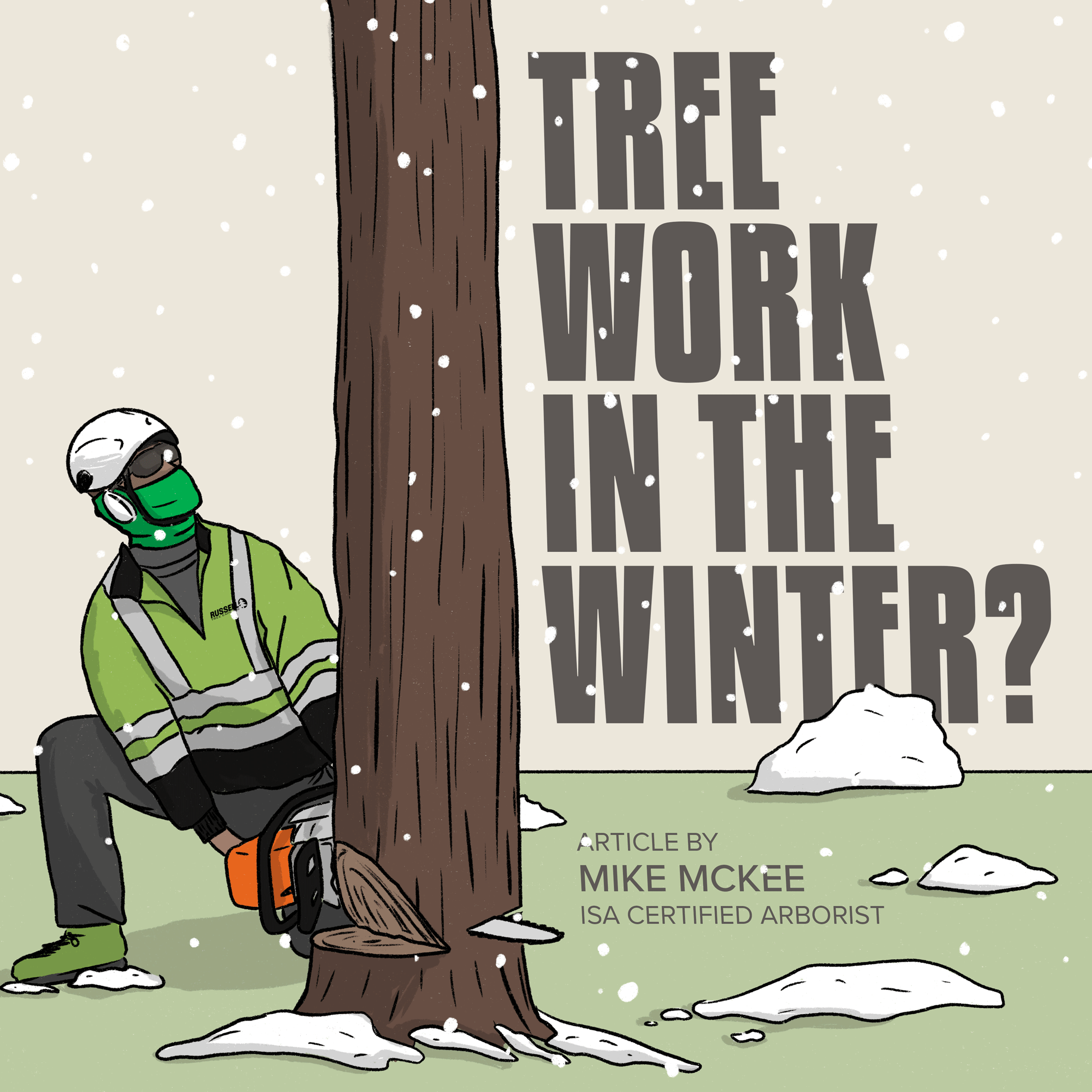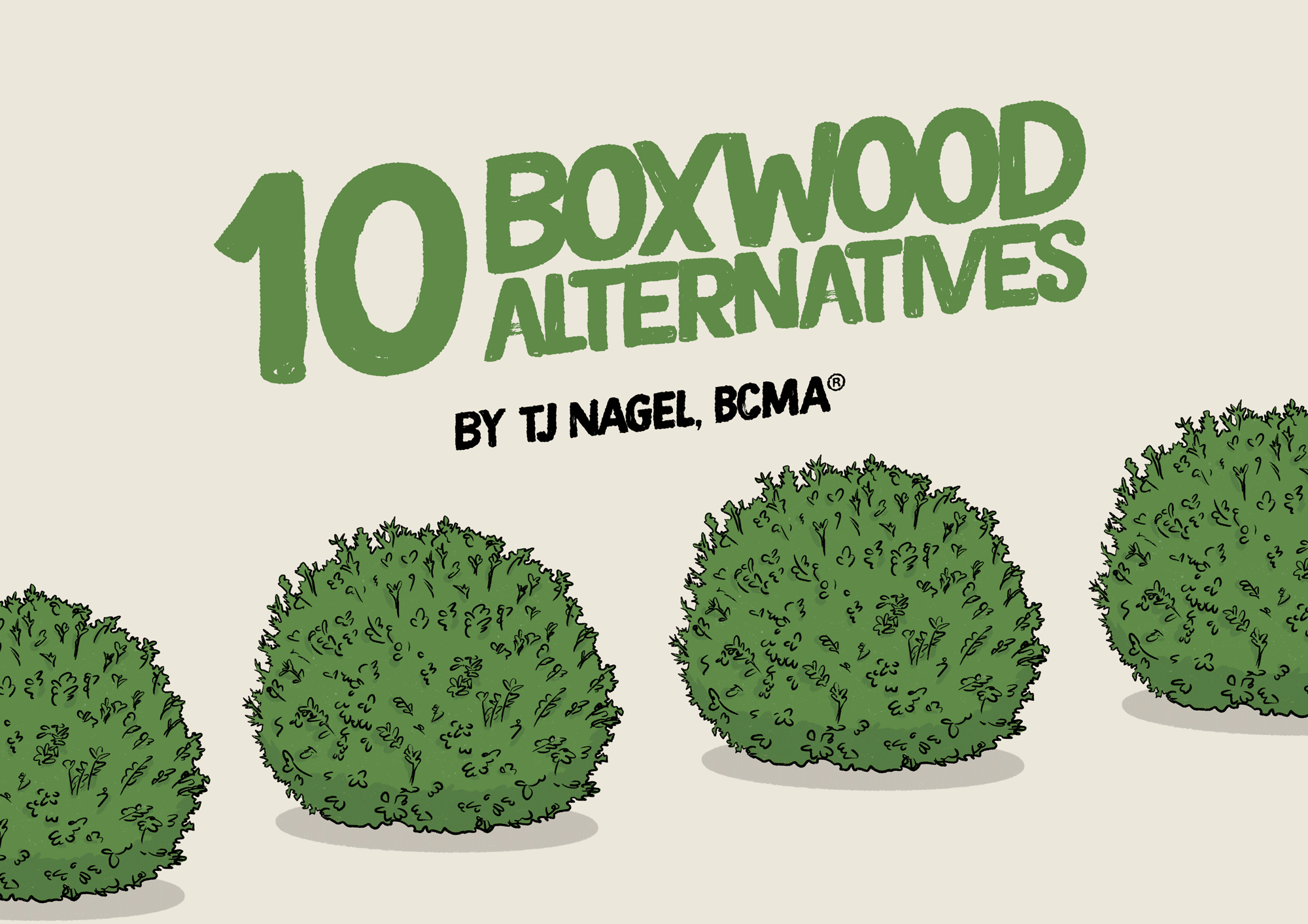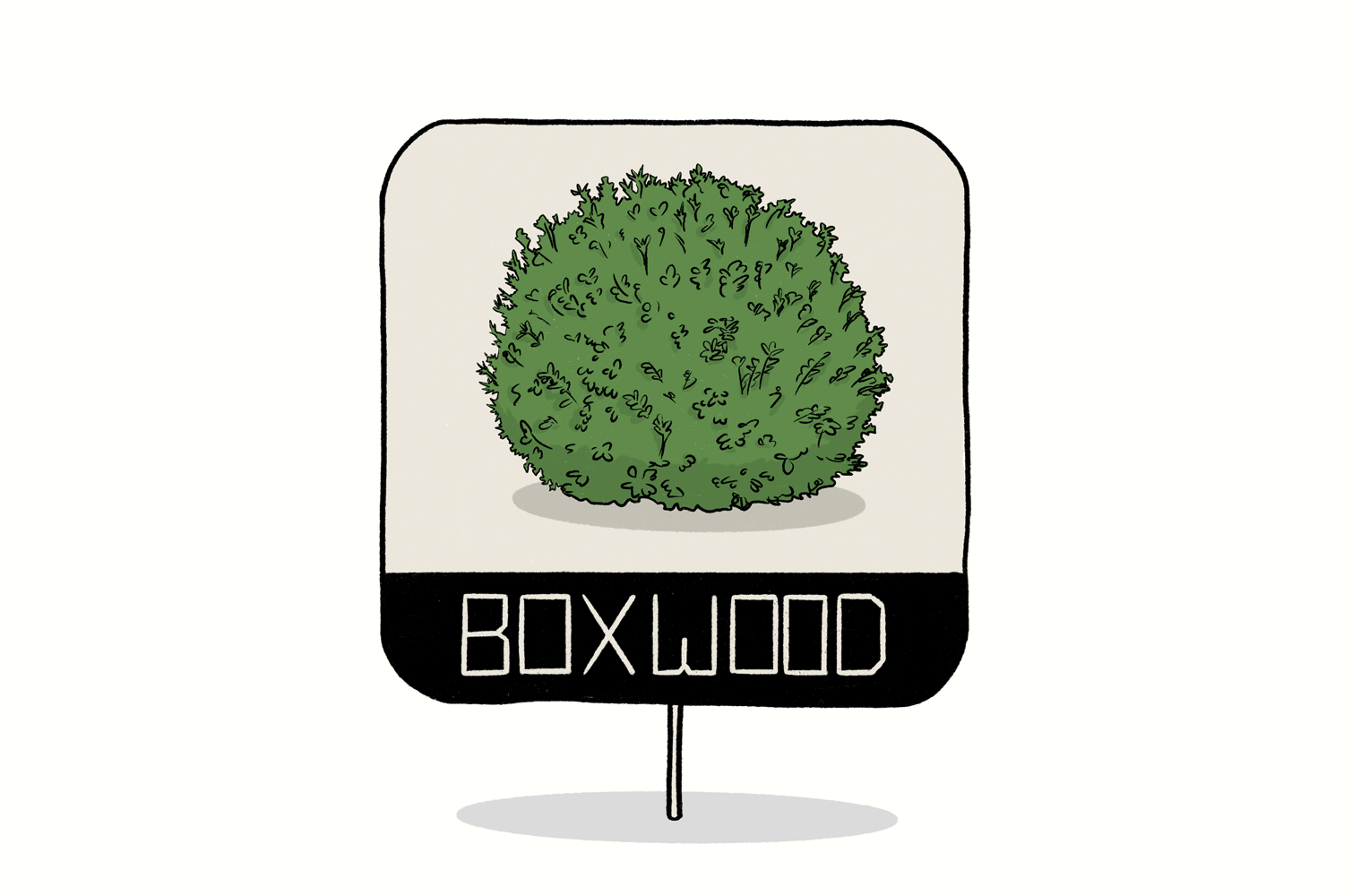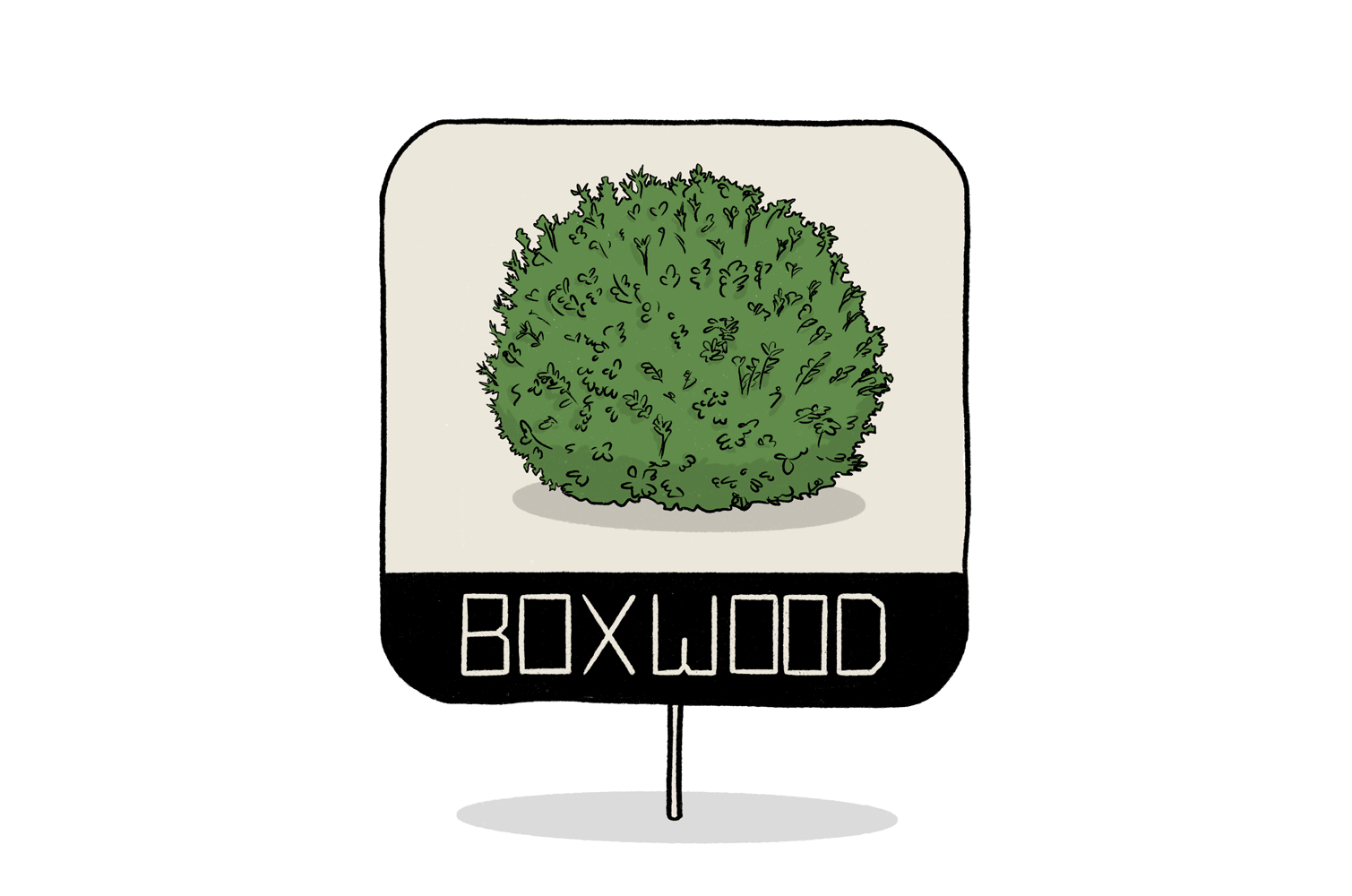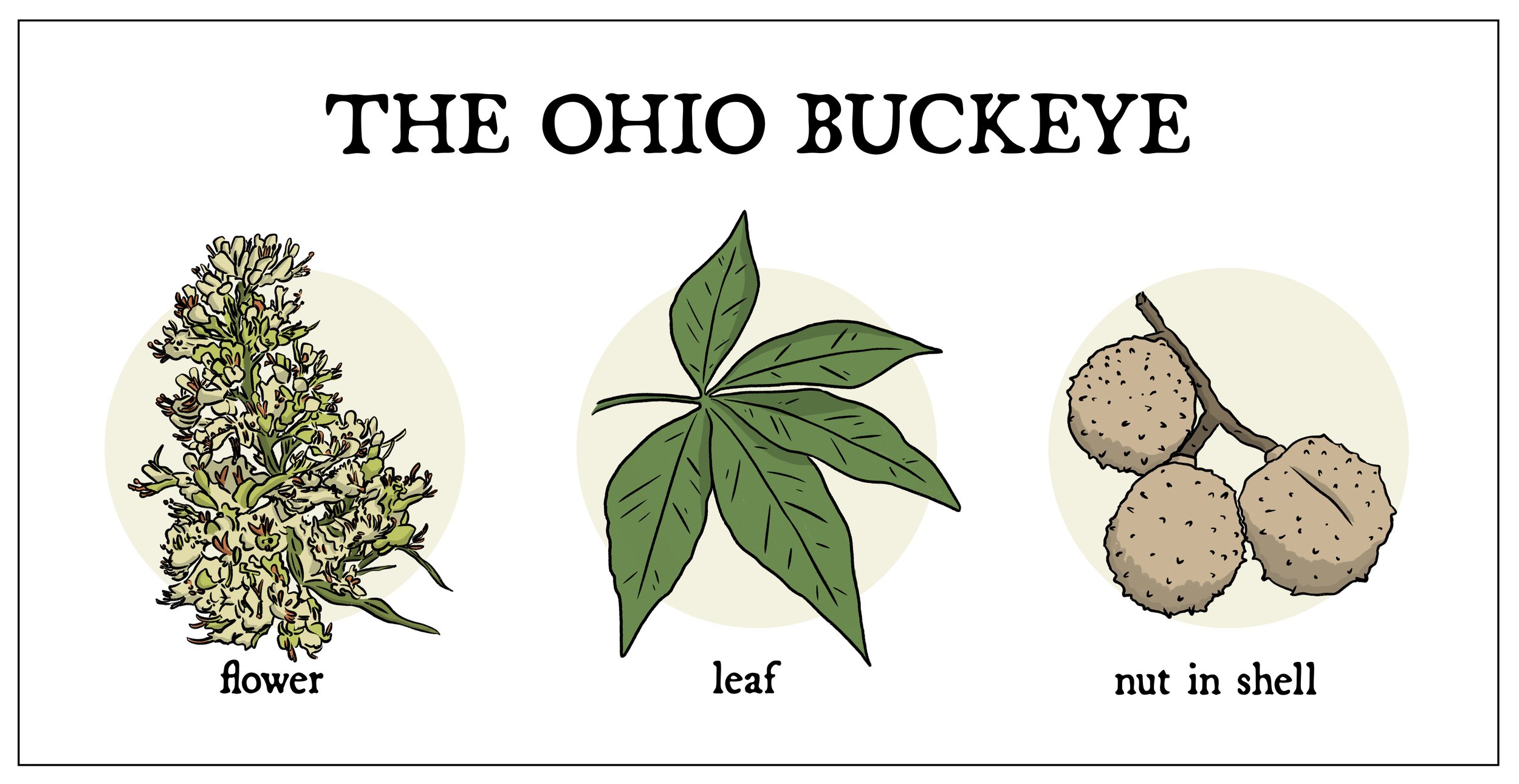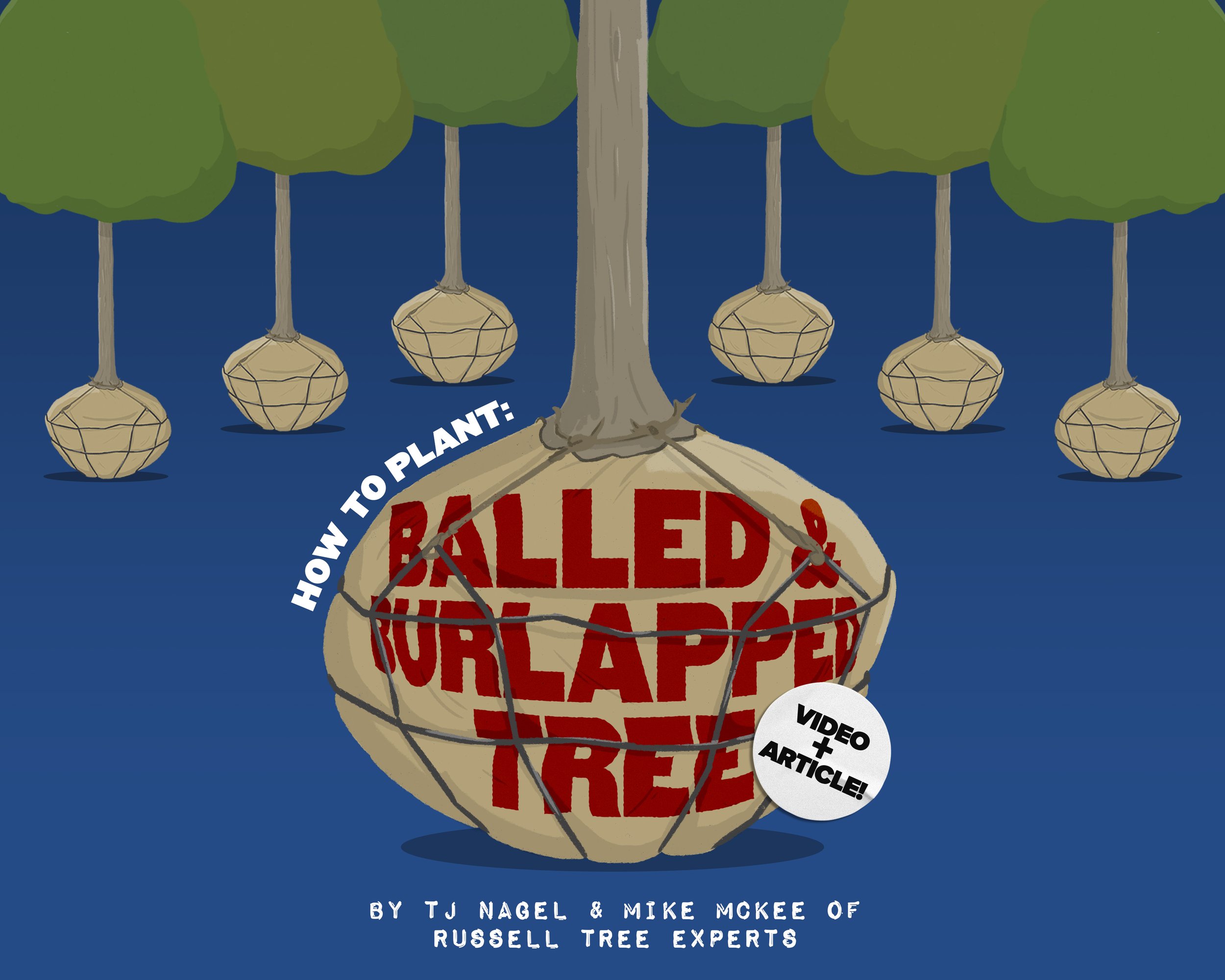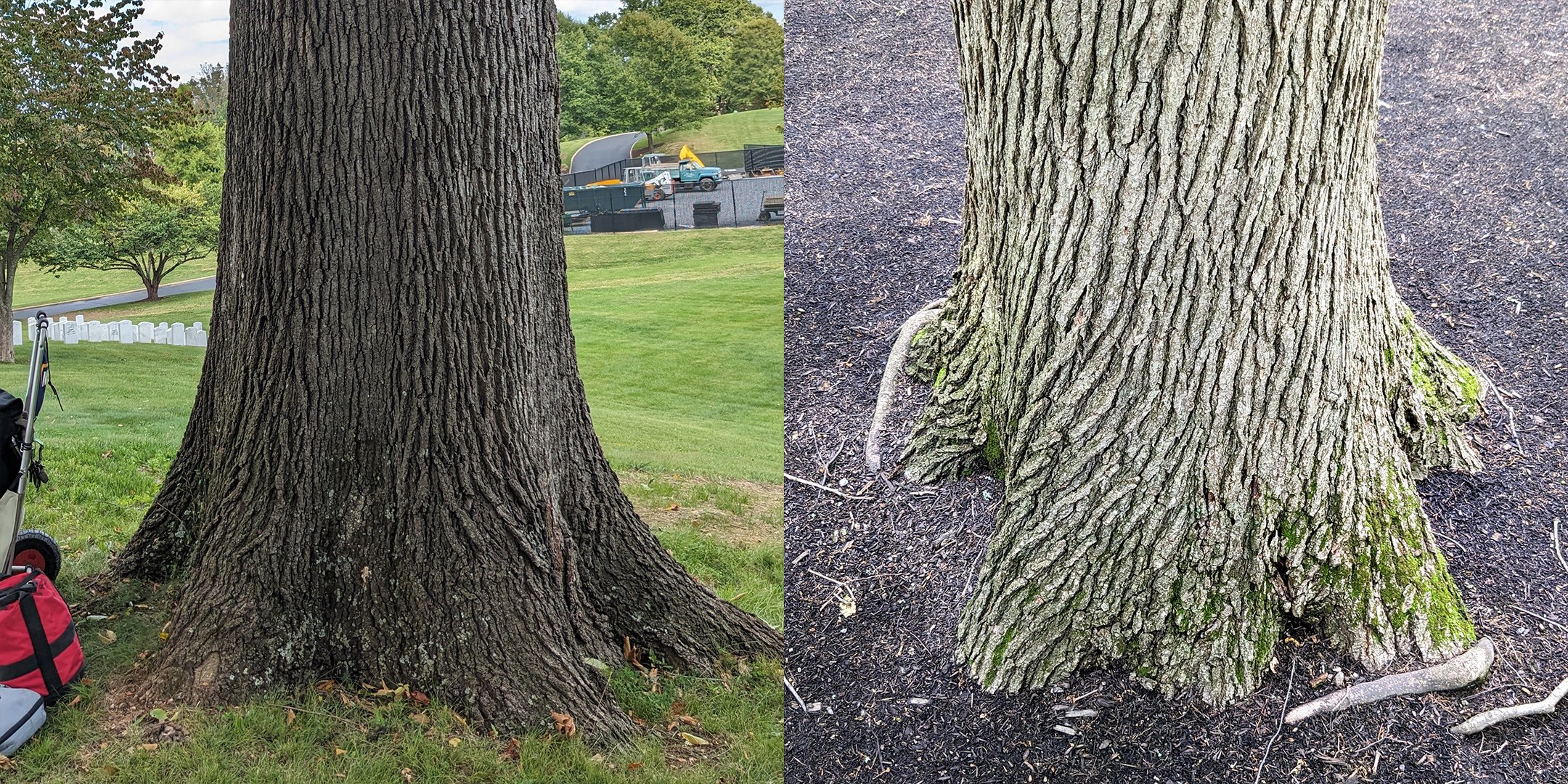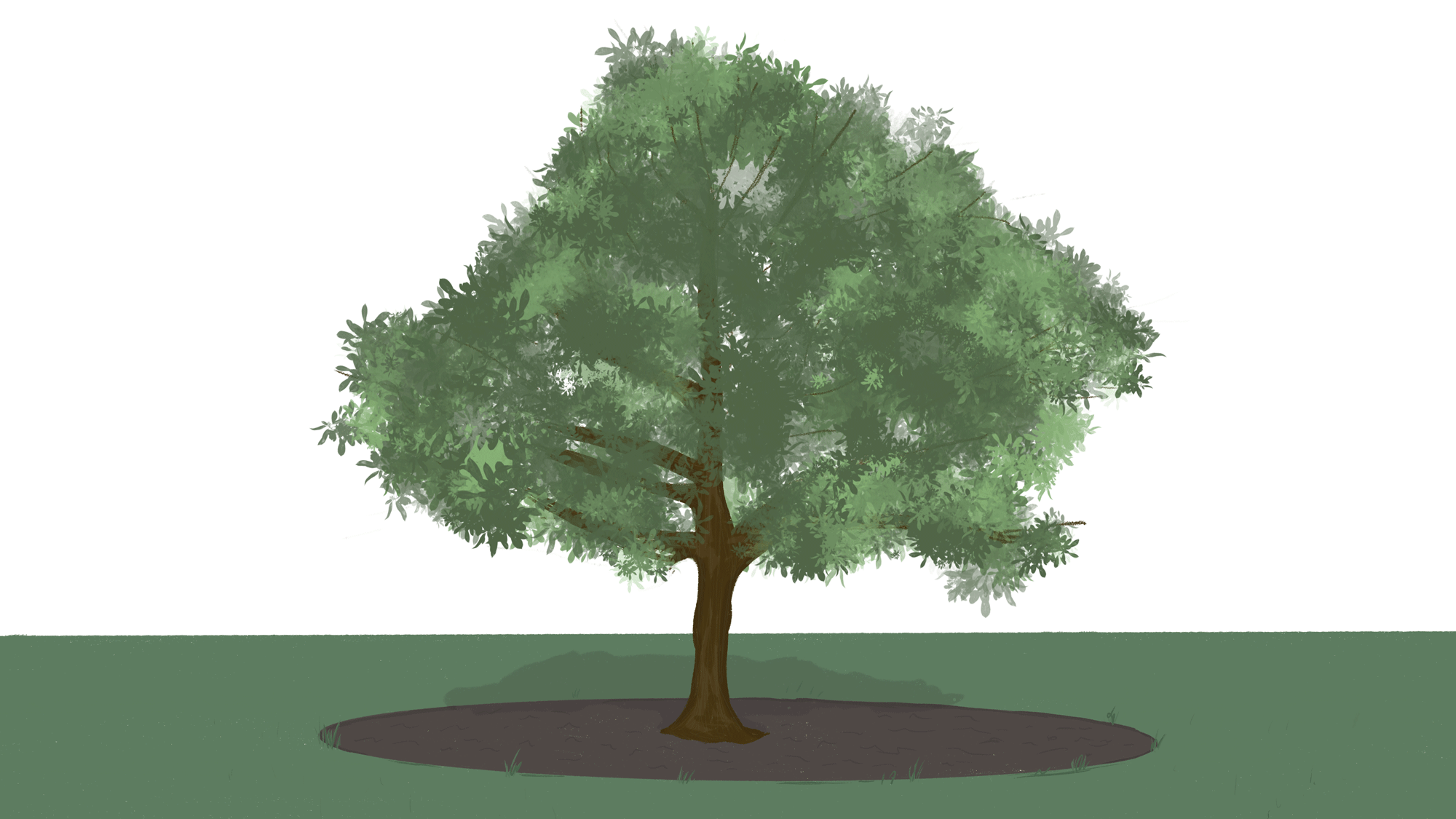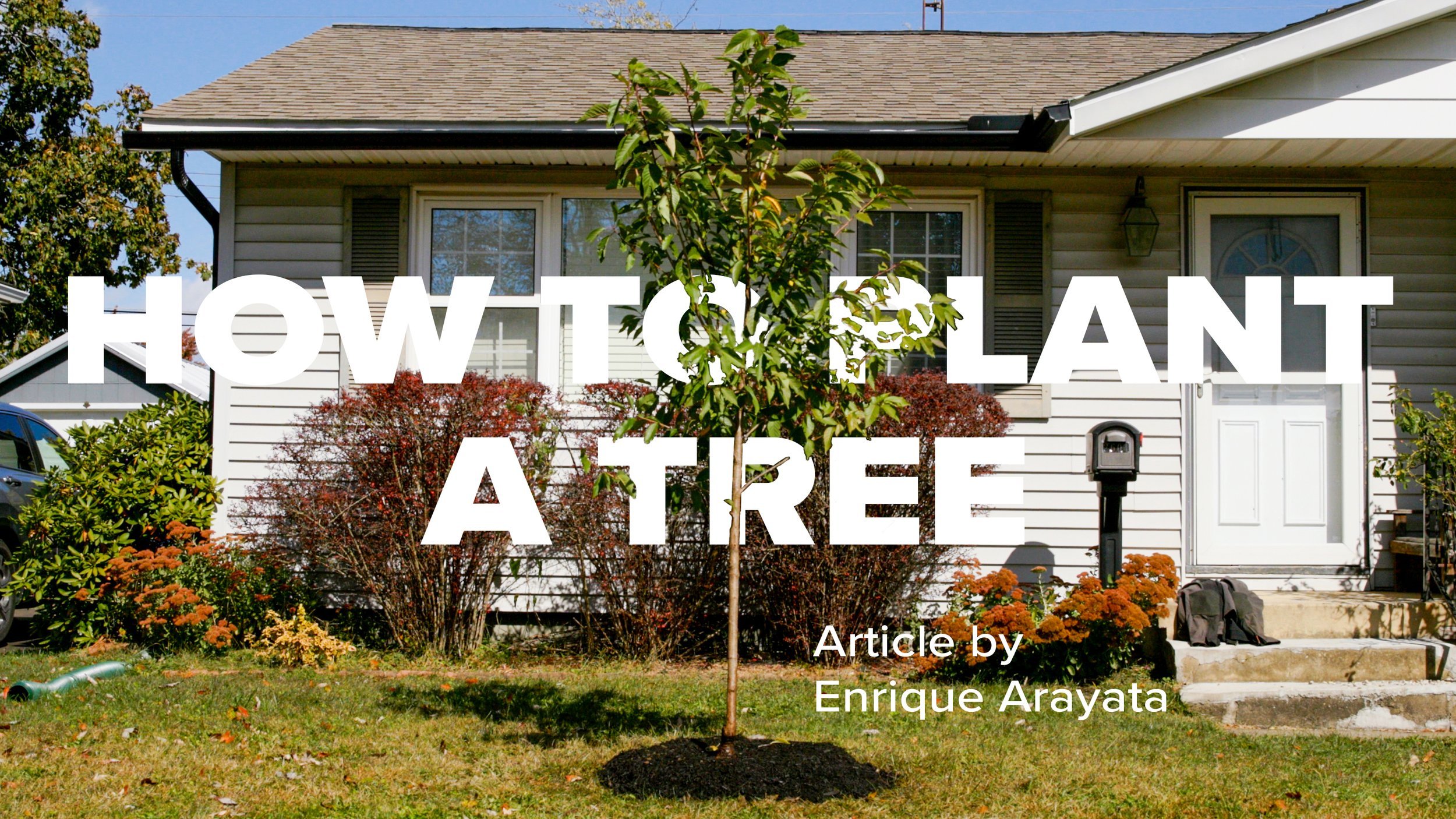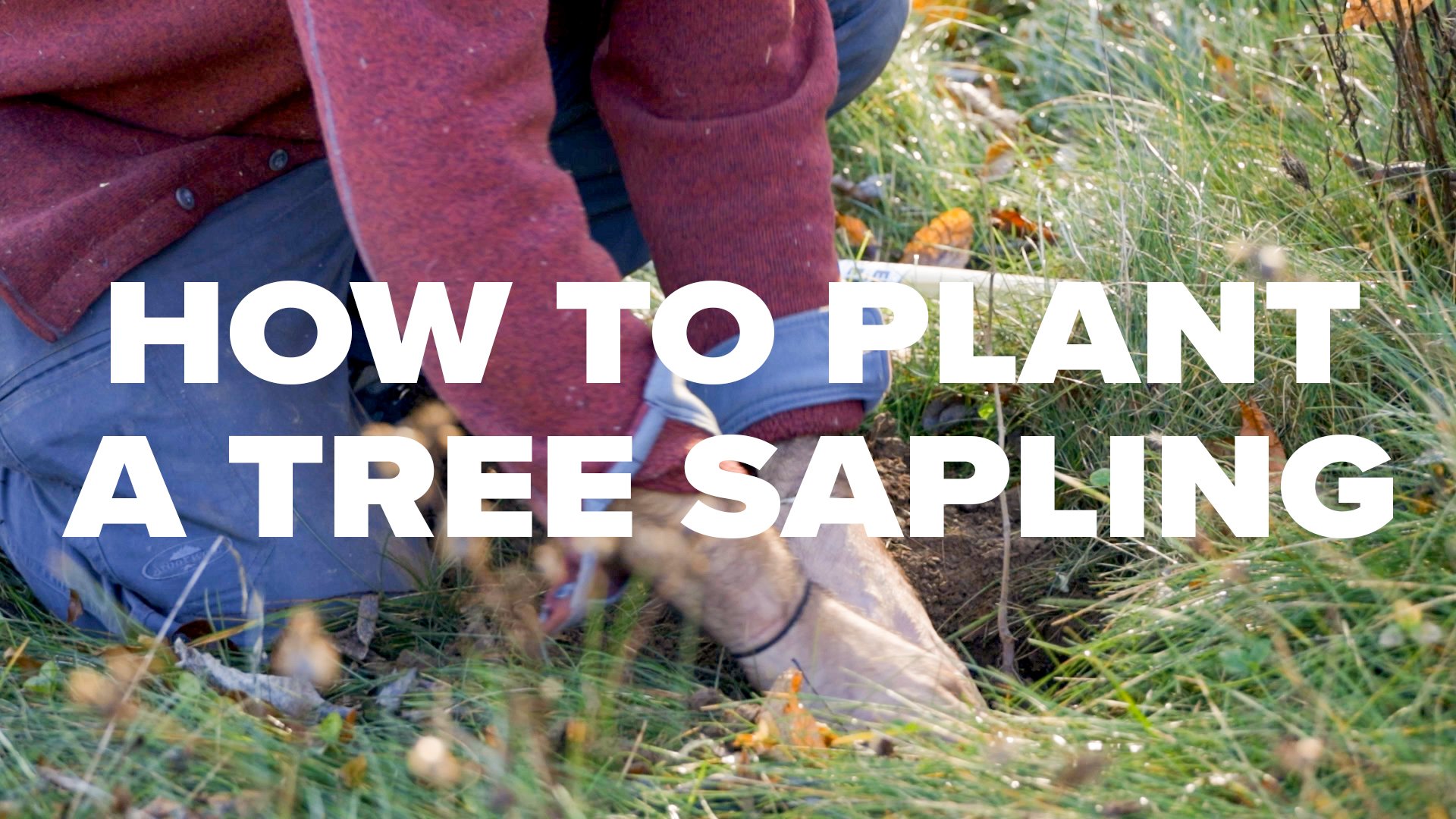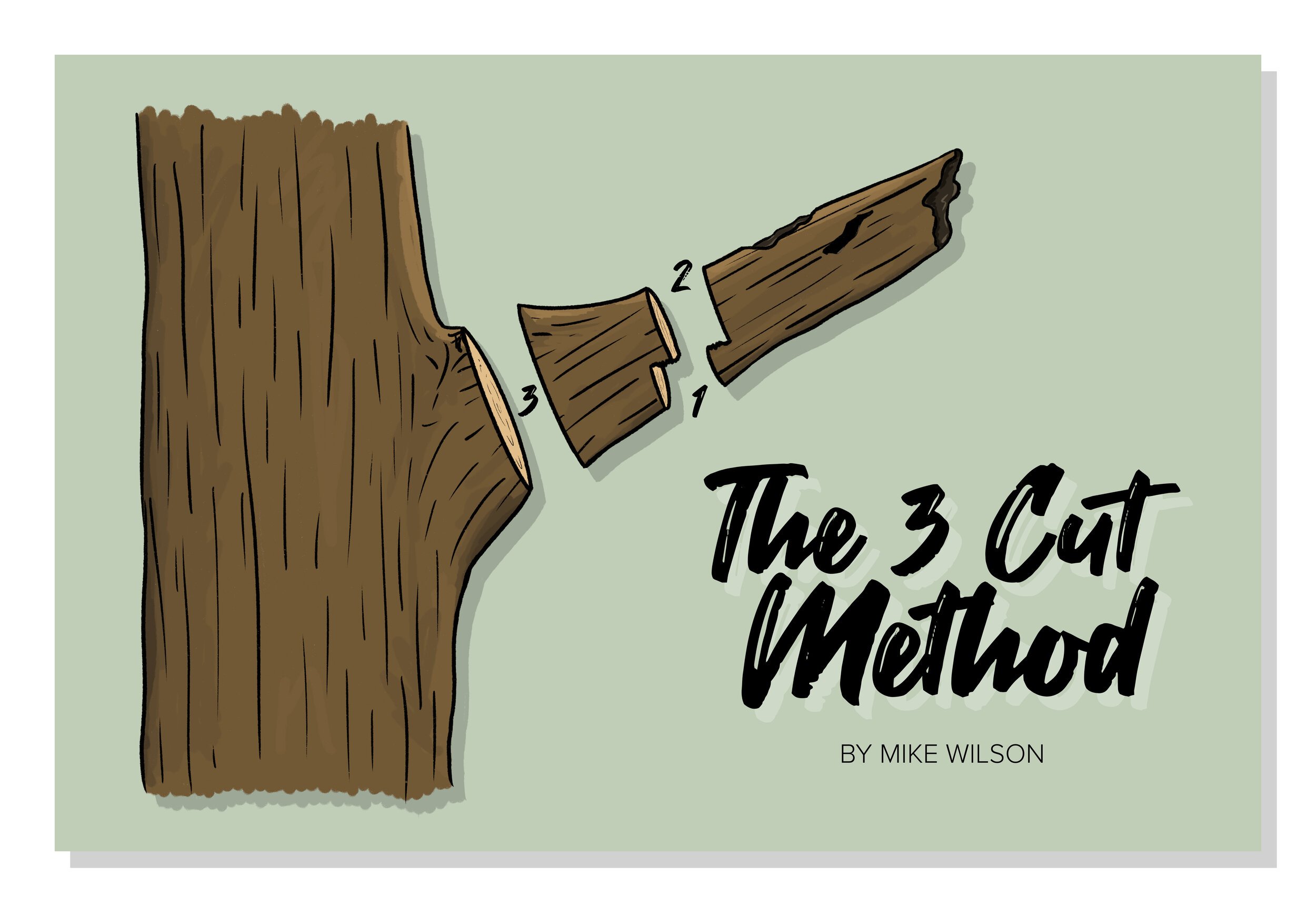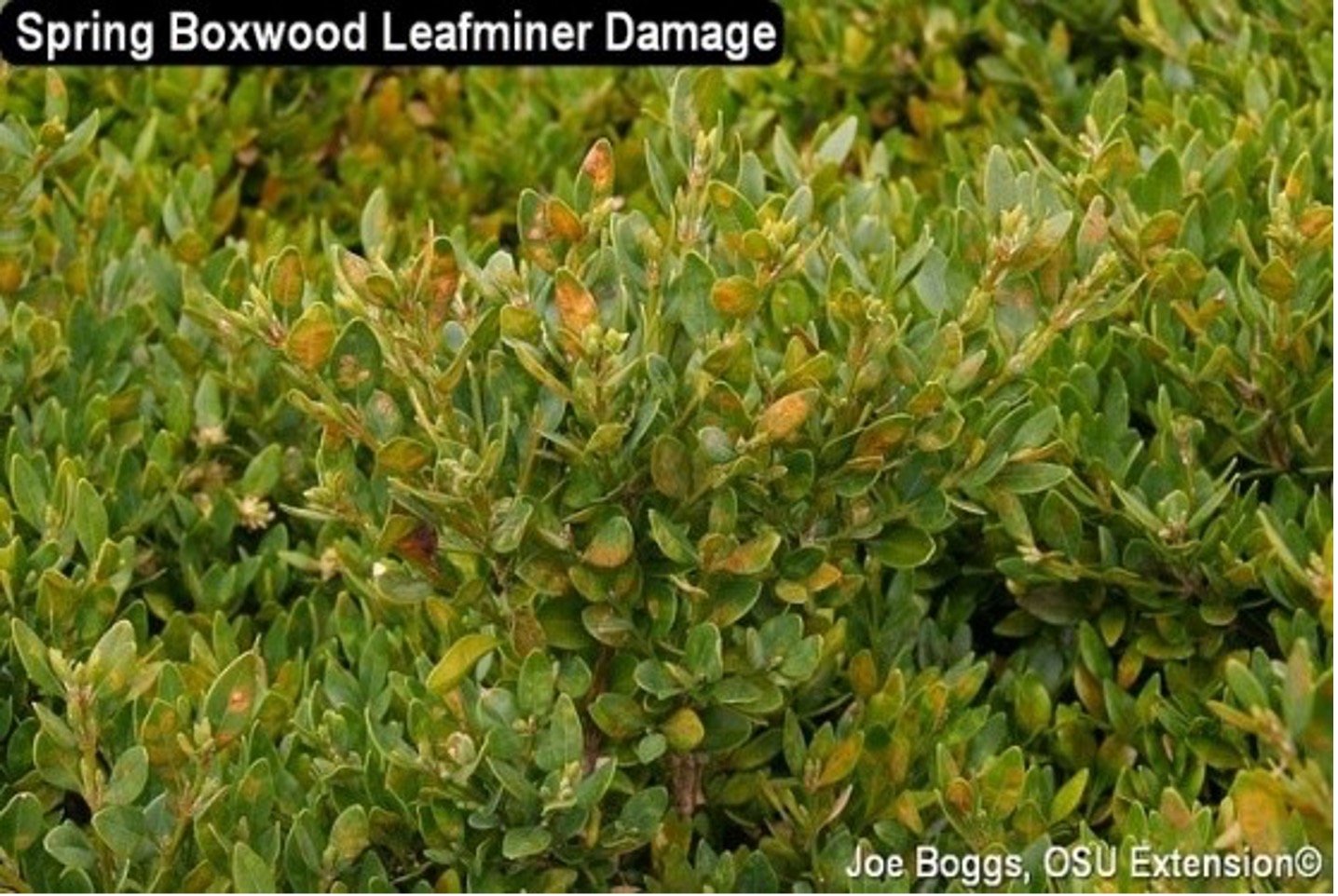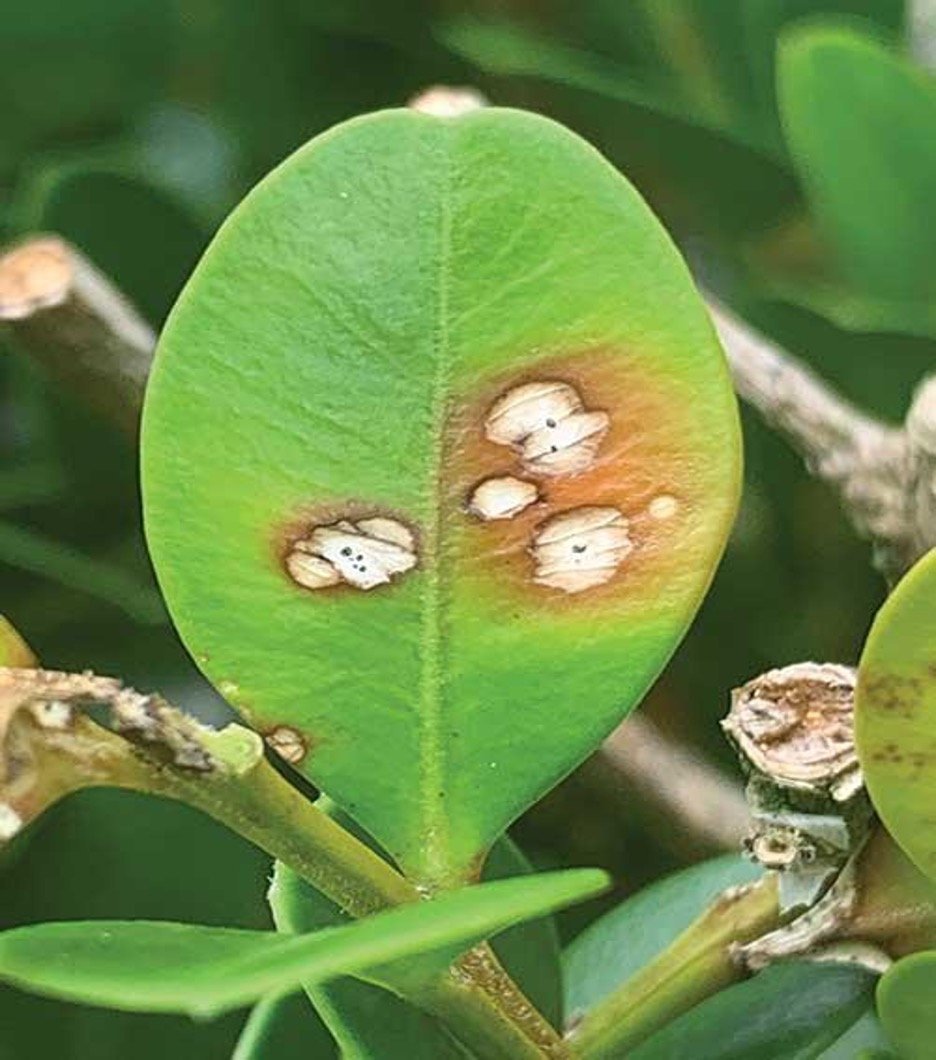By Mitch Lippencott
ISA Certified Arborist®
June 27, 2024
Our CMC 90HD+ Arbor Pro® tracked aerial lift, commonly referred to as a “spider lift,” is one of the most versatile, but misunderstood machines in our fleet. It is invaluable for working in tight spaces beyond the reach of more traditional equipment and can provide safer, more efficient working conditions for our arborists.
As an ISA Certified Arborist® and regional manager at Russell Tree Experts, I want to highlight the benefits and limitations of this machine. At the end of this article is also a video showcasing our spider lift!
Specifications
Over the last couple of years, we have used various spider lifts as part of our fleet, so the specifications can and will vary as time passes. Below are the specifications for our current CMC 90HD+ Arbor Pro®:
Our CMC 90HD+ Arbor Pro spider lift in action on a residential tree removal job in Westerville, Ohio
Weight: 9,025 pounds
Max Basket Load Capacity: 507 pounds
Max Working Height: 90 feet
Max Lateral Reach: 50 feet
Multiple rotation, articulation, and telescoping boom points for flexible work positioning
360 degree operation
Length: 22 feet, 3 Inches with basket or 19 feet, 10 inches without basket
Extendable, non-marking, rubber tracks
Width: 35 inches with tracks in, 55 inches with tracks extended
35 inch width is great for squeezing past fence gates
55 inch width is great for increased stability, especially during towing and transport
Once in position, a footprint of approximately 14X20 feet is needed to extend the stabilizer legs and rotate the boom (hence the “spider” moniker)
3 points of operation by the tracks, in the bucket, and with a wireless remote control
Spider Lift USE Cases
Employing rigging techniques alongside our spider lift to remove this tree due to a small drop zone
Drop zones too small for tree felling
Spaces too small, soft, sensitive, or far away to reach with larger machines like bucket trucks, cranes, telescopic handlers, etc
Trees too decayed, compromised, or dead (this has proven to be the most critical asset)
Trees with significantly larger or wide canopies and/or multiple trees able to be reached with one or minimal setups
Safer, quicker work positioning for less experienced or physically capable climbers
NON-IDEAL SPIDER LIFT SCENARIOS
Our team member Bodi in our spider lift!
Steep slopes or uneven terrain - the spider lift is a long, heavy, narrow machine that can roll over!
Soft or sensitive work zones where turf impact and compaction is unacceptable. If the turf is soft due to rain, we may reschedule tree work for another, dryer day
Note: The spider lift will have less turf impact than a bucket truck or crane, but will leave a footprint nonetheless
Near electrical hazards - Our buckets at this time are uninsulated and we will need to follow minimum approach distance (MAD)
Small trees or large, nonintrusive work zones - getting the spider lift on and off the trailer and in to and out of its work position is a tedious process – a tree that can be climbed or felled safely in an hour or two is usually not worth the extra steps
~~~
We at Russell Tree Experts are constantly seeking new techniques and machines to make tree work as safe and low-impact as possible. While our spider lift isn’t a perfect solution, it provides us with another option to maximize efficiency and limit damage. As always, if you’re in the central Ohio area looking for tree work, please feel free to request a free tree inspection and quote by one of our 20+ ISA Certified Arborists®! You might even get to see the spider lift working on your own property!
Spider Lift Showcase
SPIDERLIFT TREE WORK VIDEOS
Sincerely,
Mitch Lippencott I Regional Manager, Russell Tree Experts
Mitchell Lippencott joined Russell Tree Experts in 2020 and has been in the green industry for over 20+ years with a diverse background ranging from working for a landscape design company, a retail garden center, and two municipalities! Mitch is an alum from The Ohio State University, a licensed pesticide applicator, a qualified tree risk assessor, and an ISA certified arborist. Outside of work, he enjoys traveling, cooking, and gardening.

















